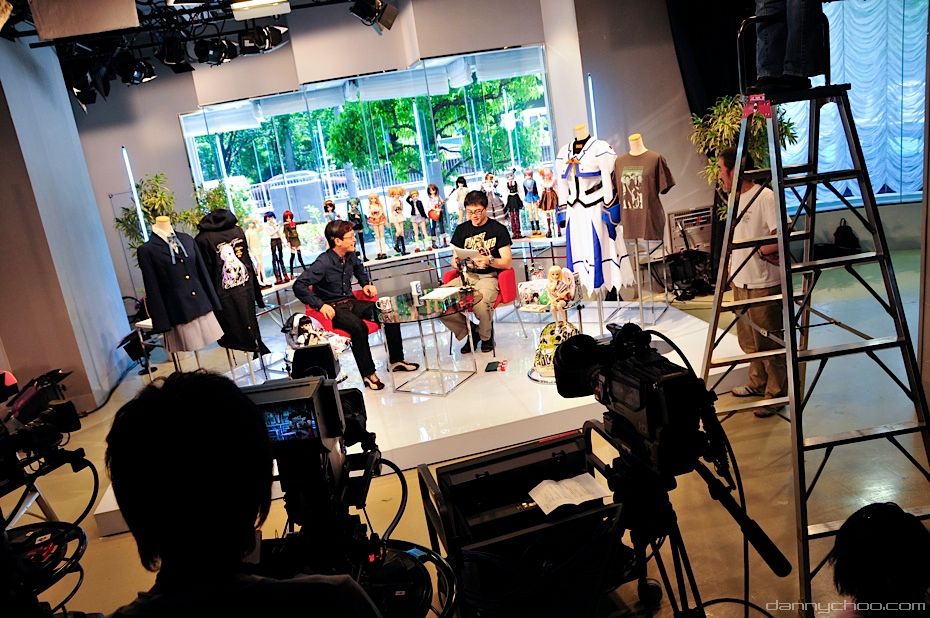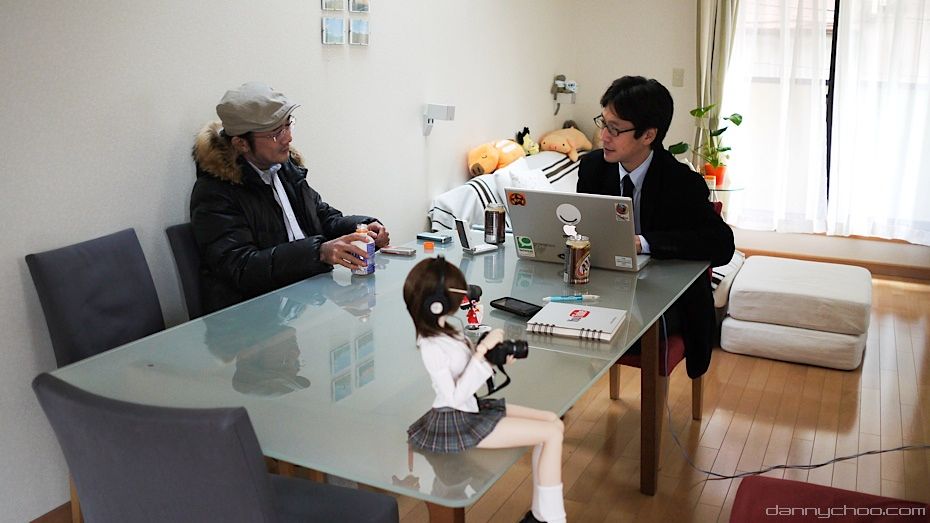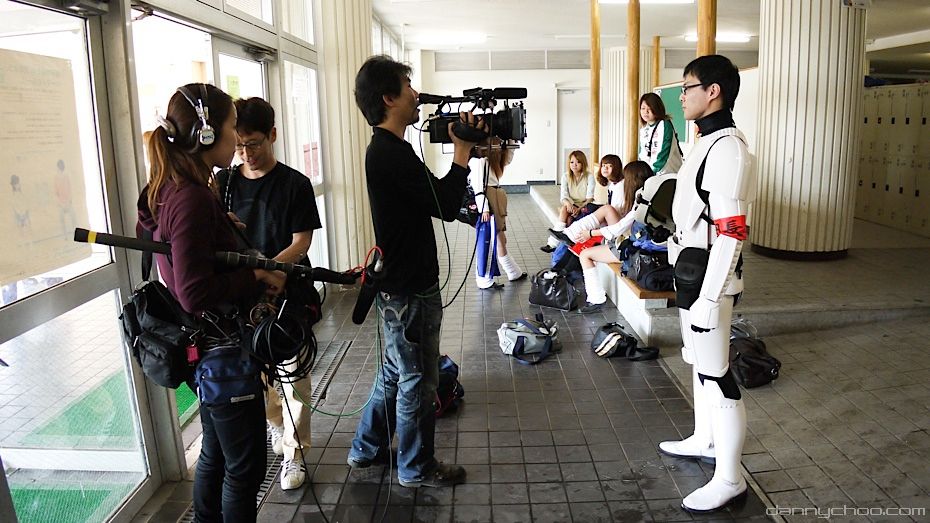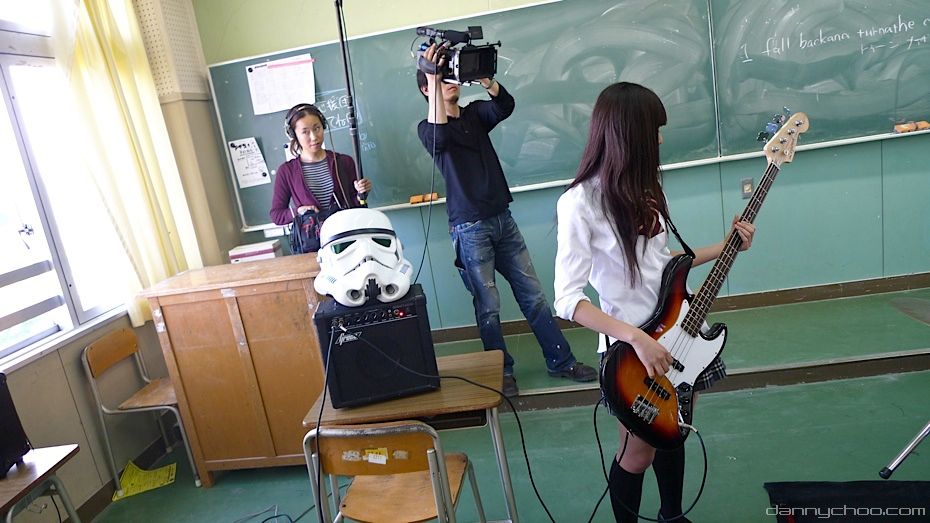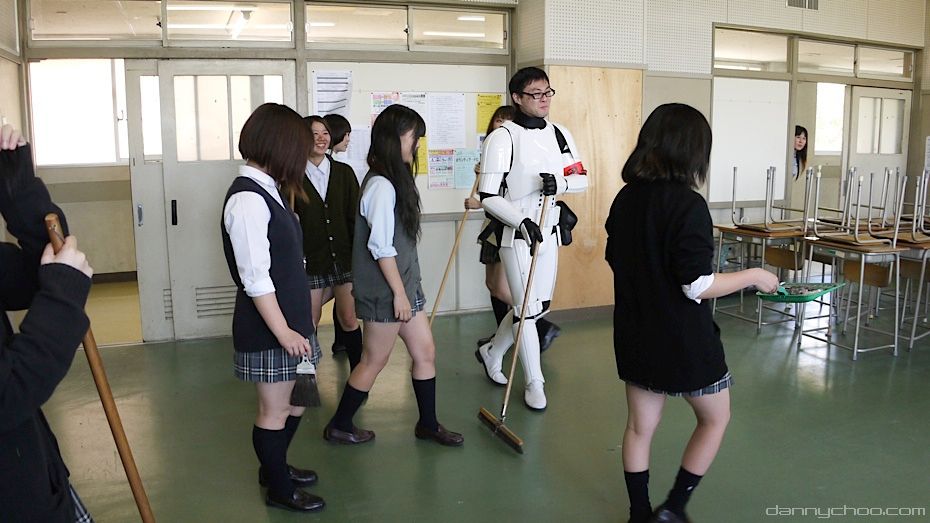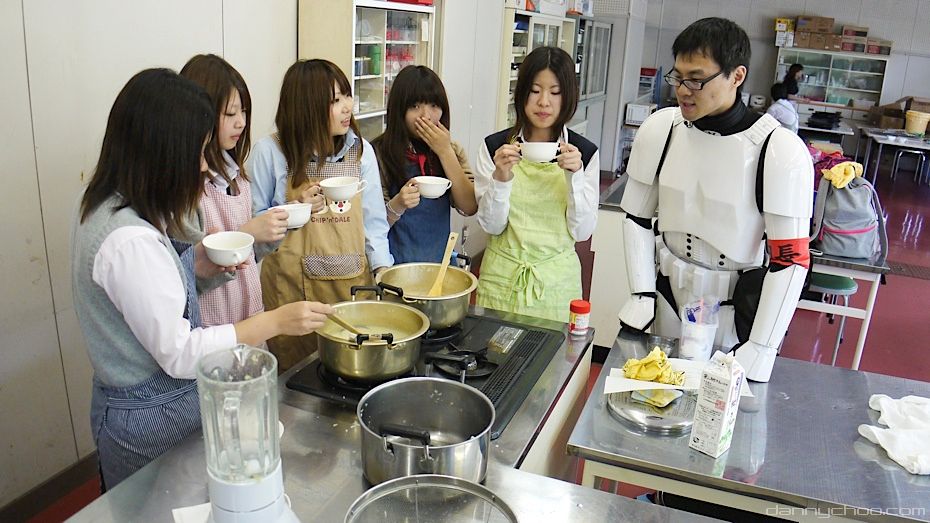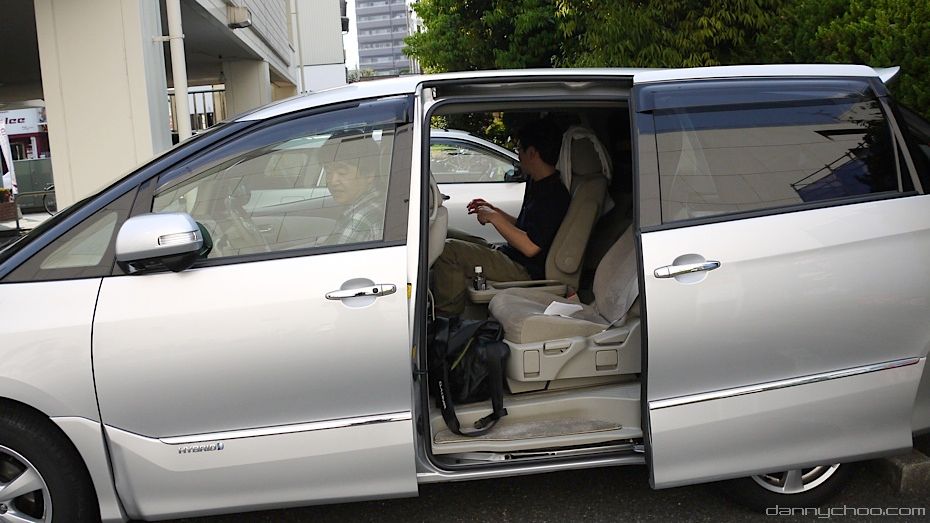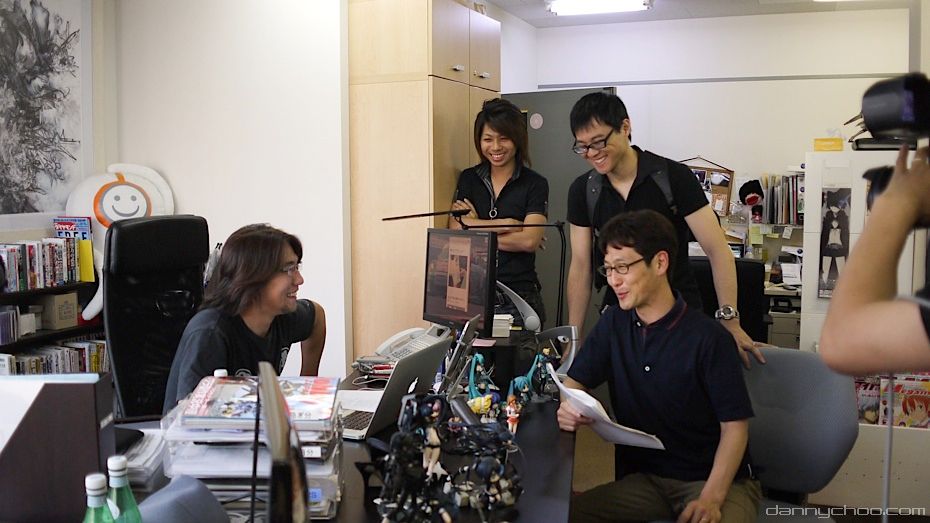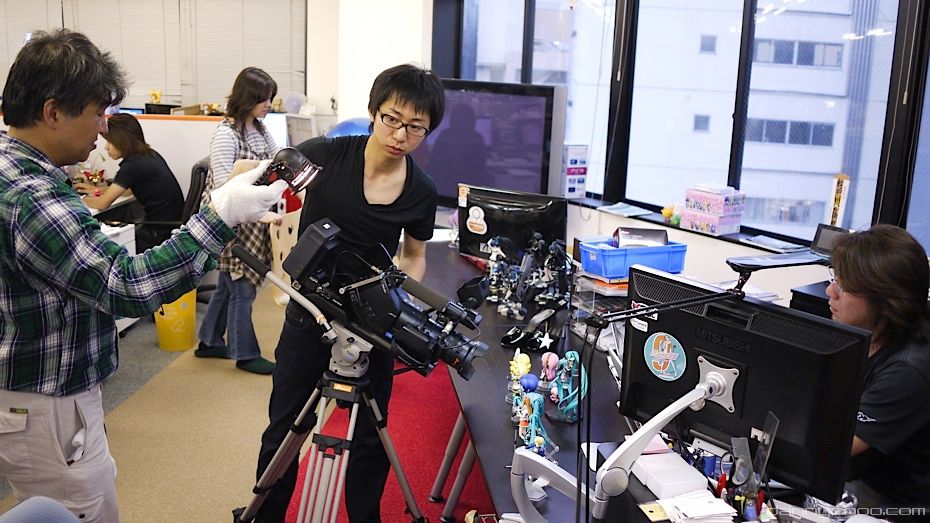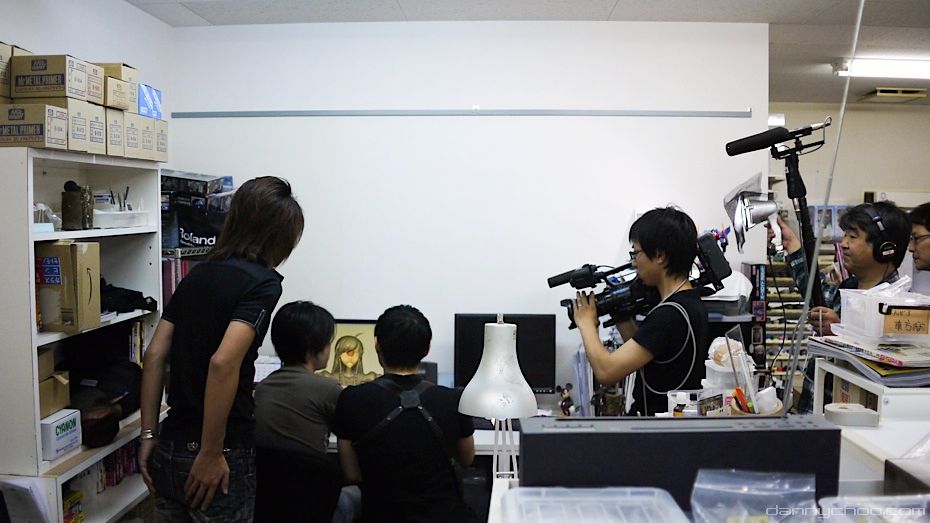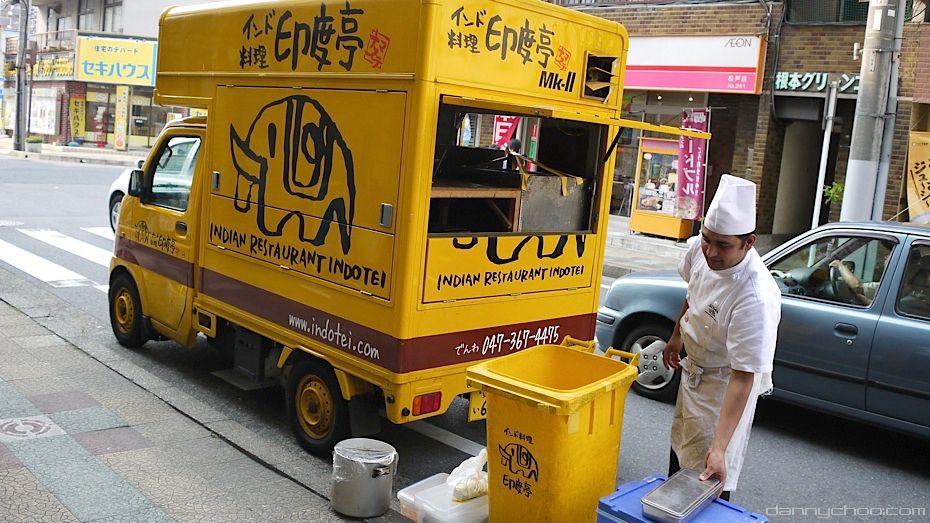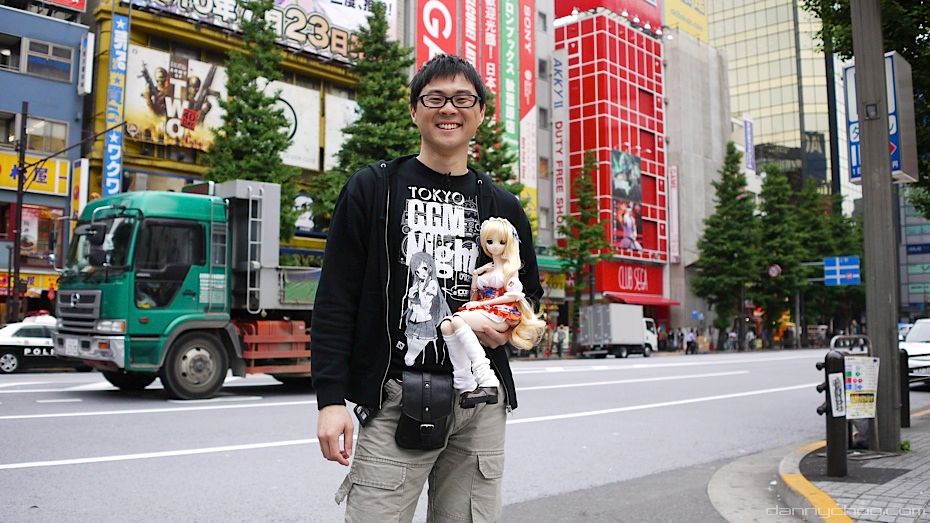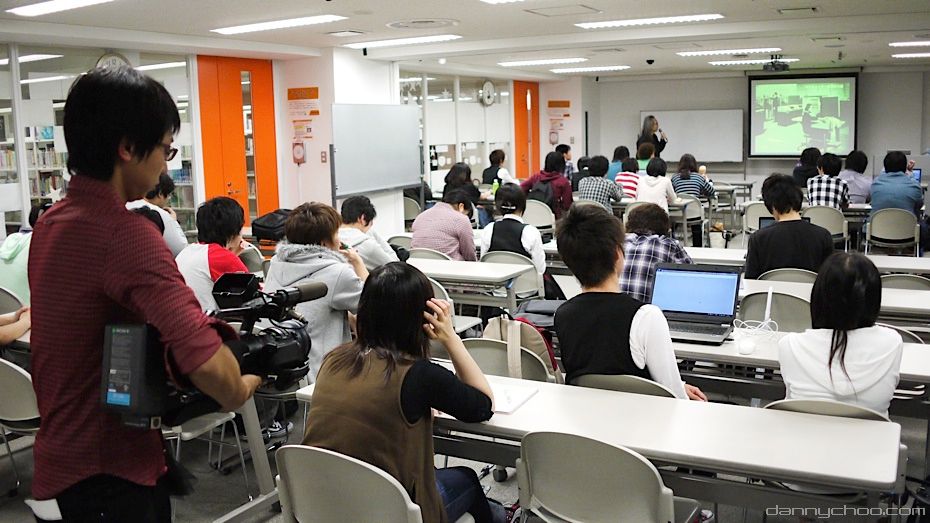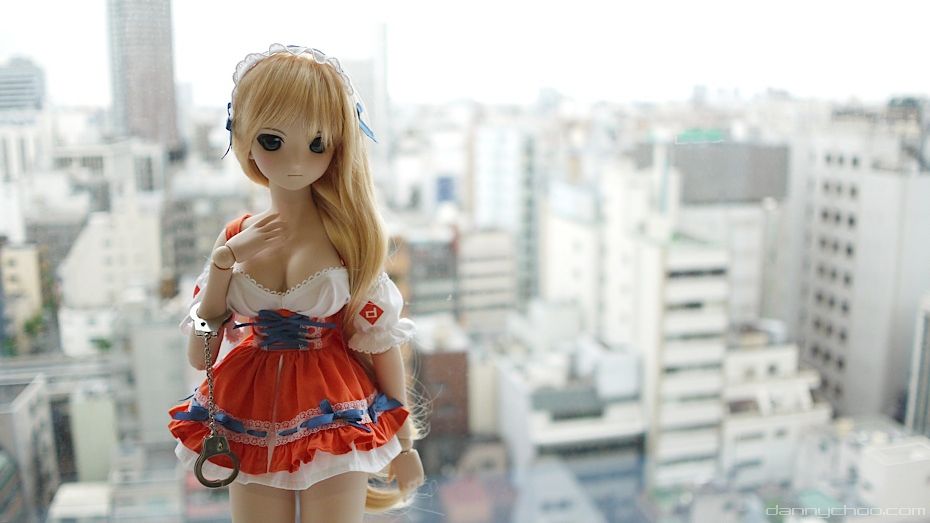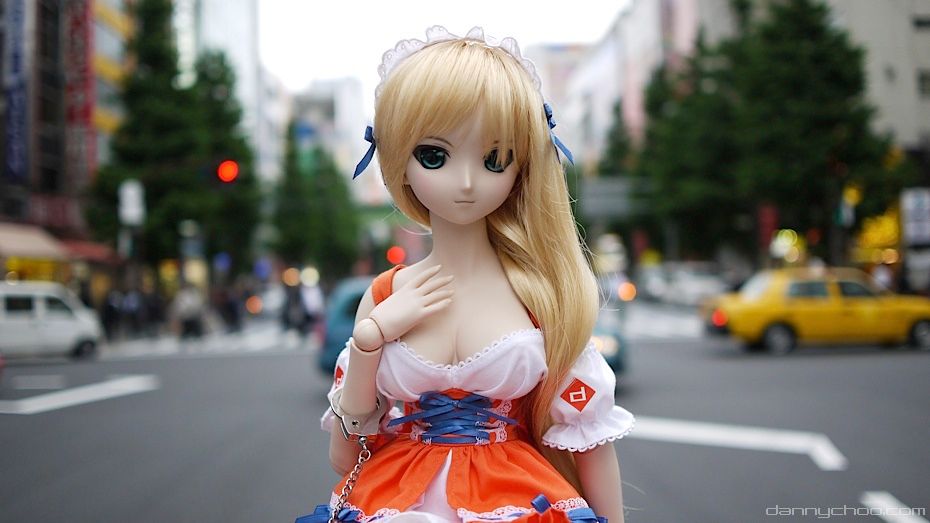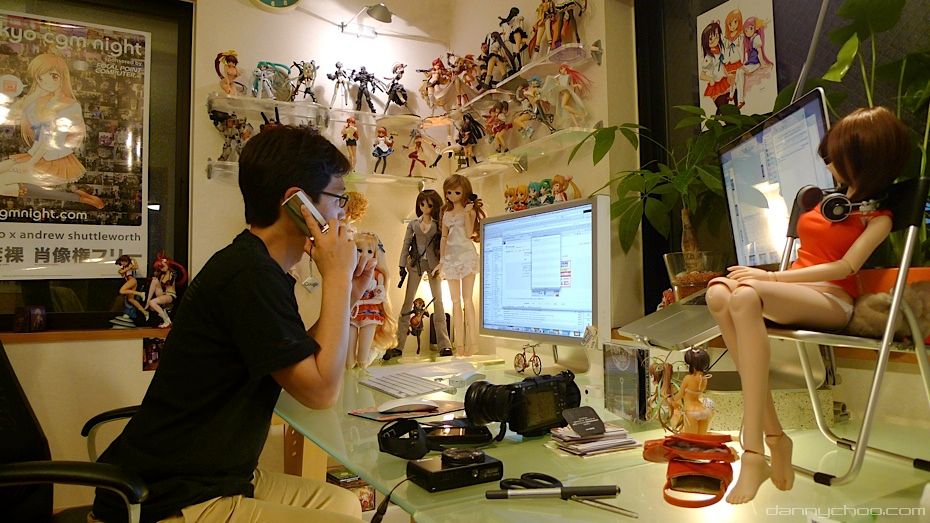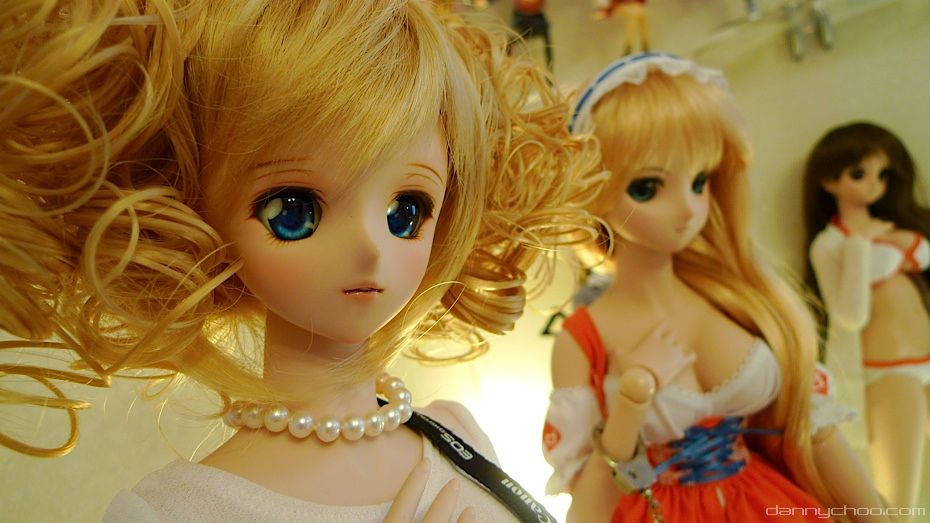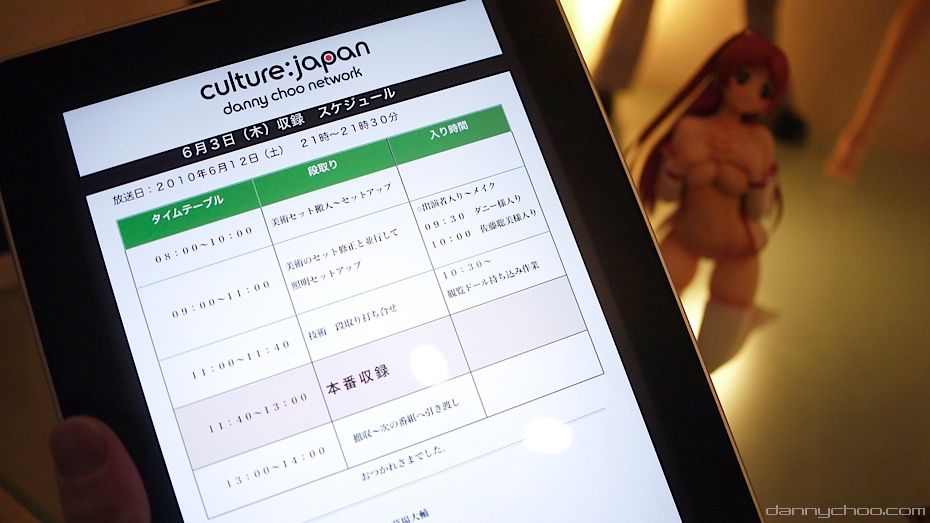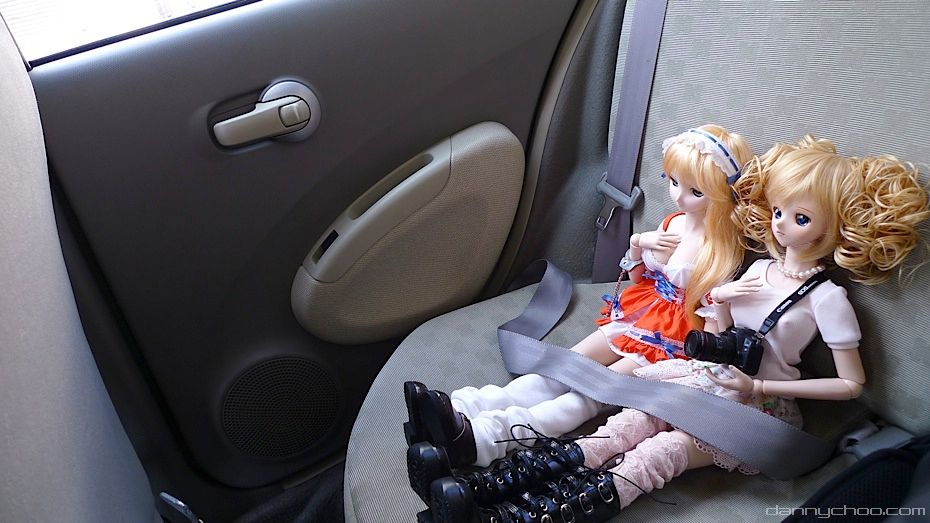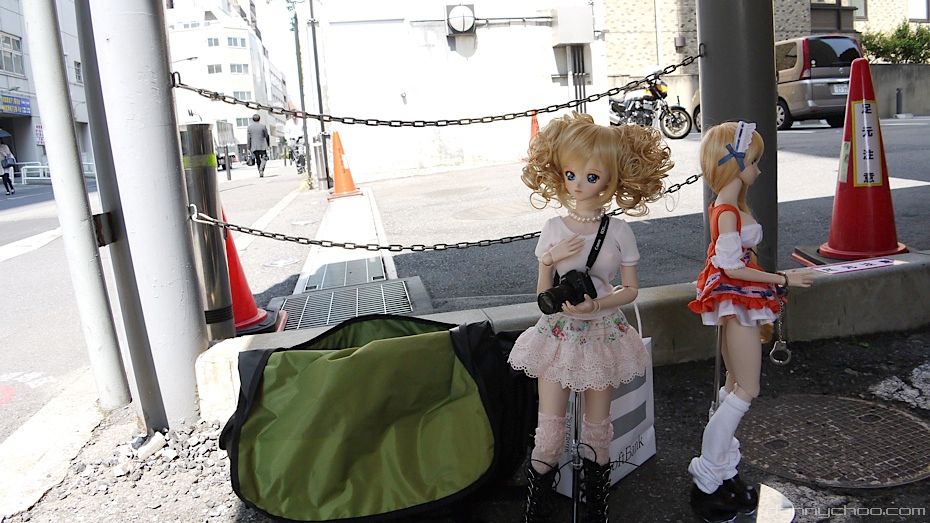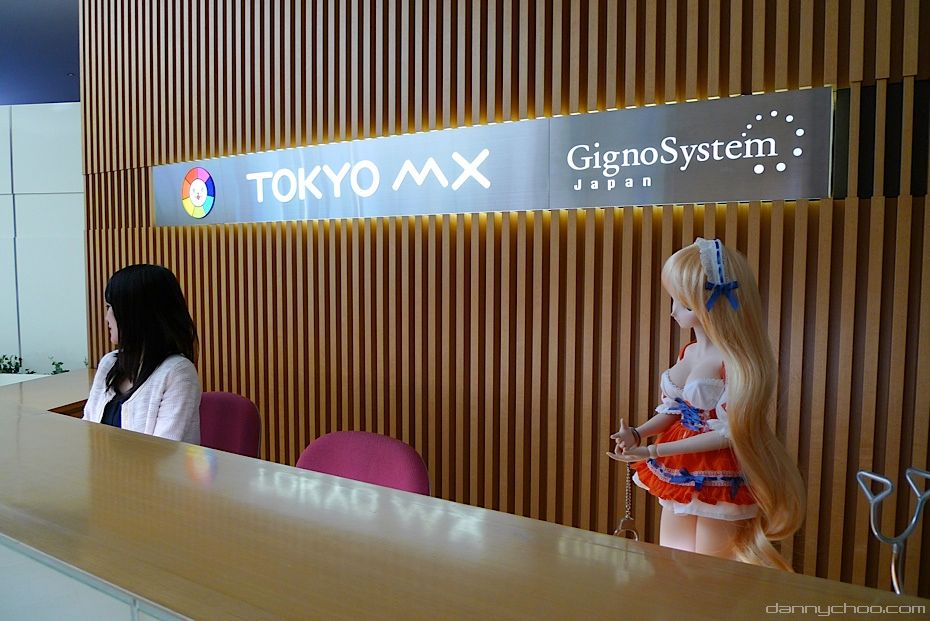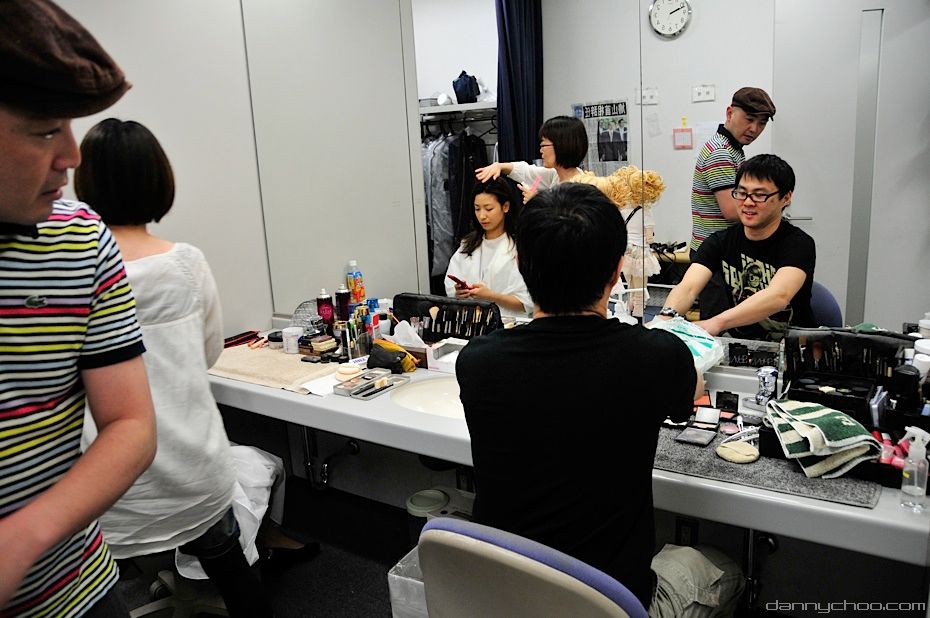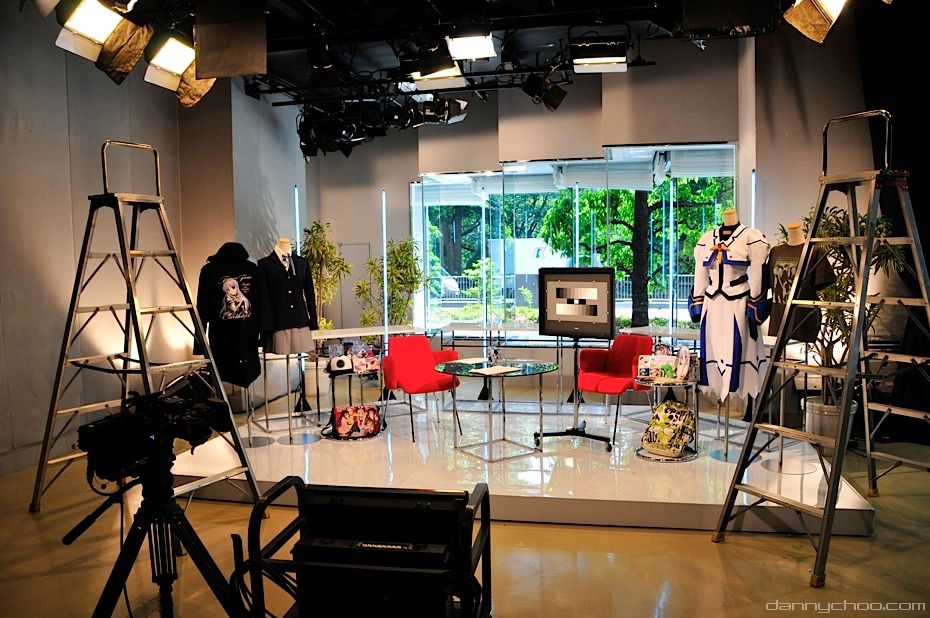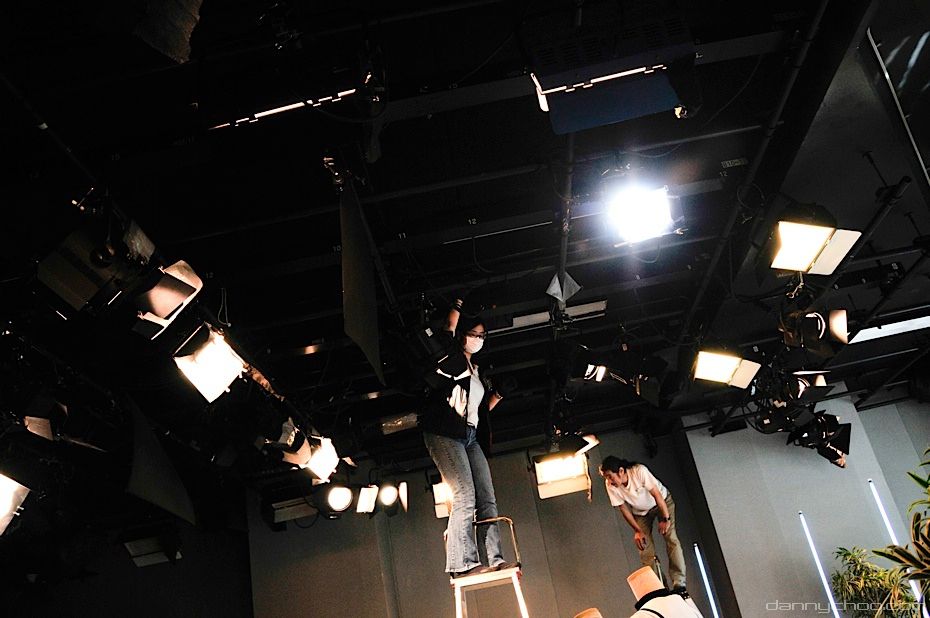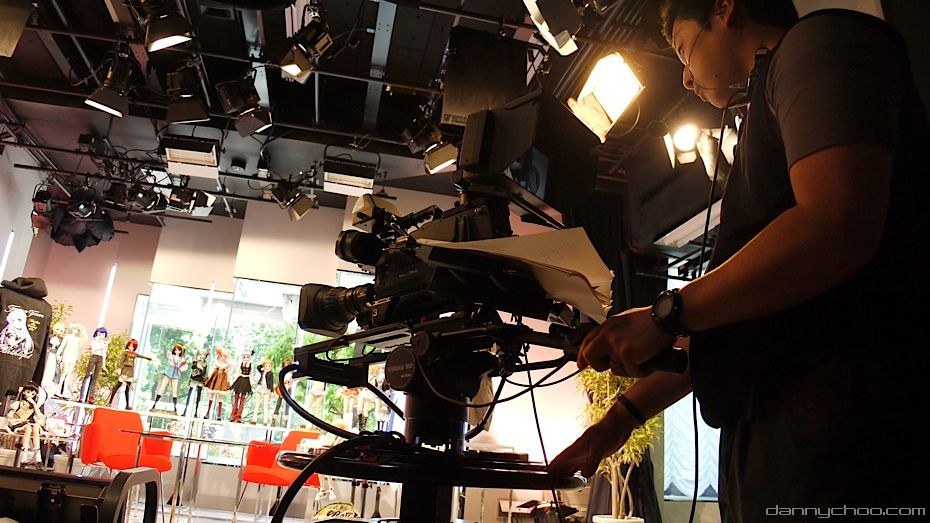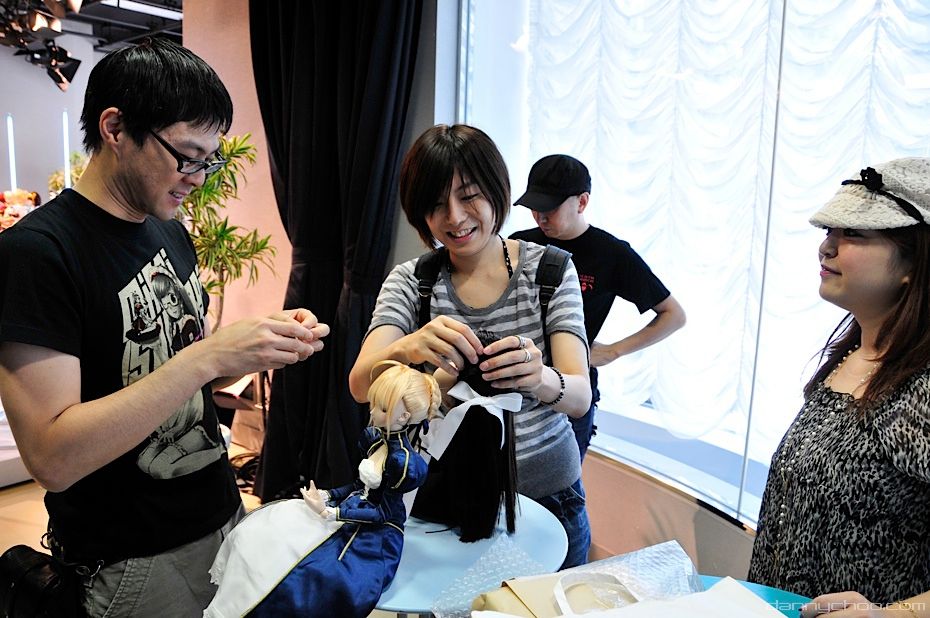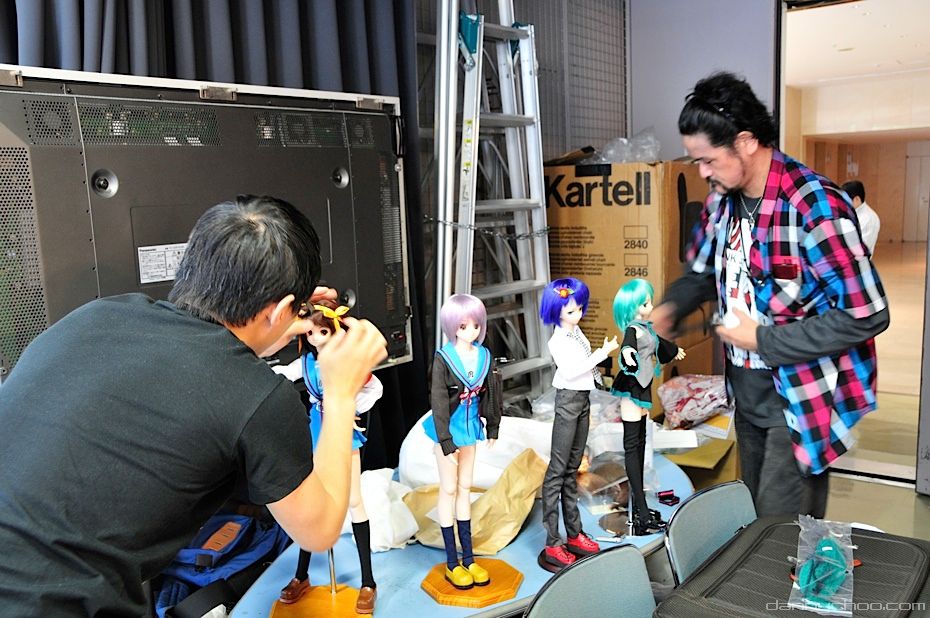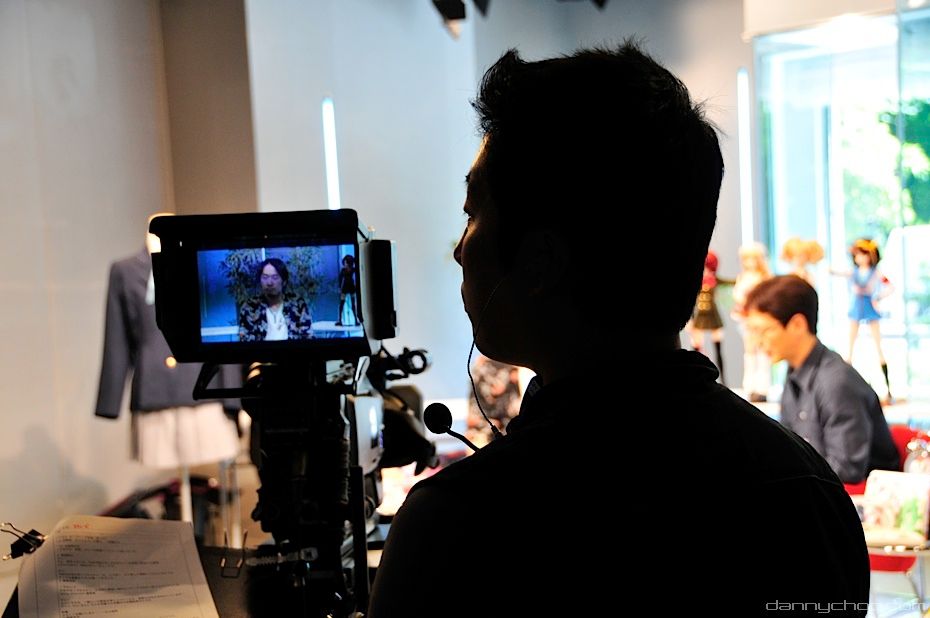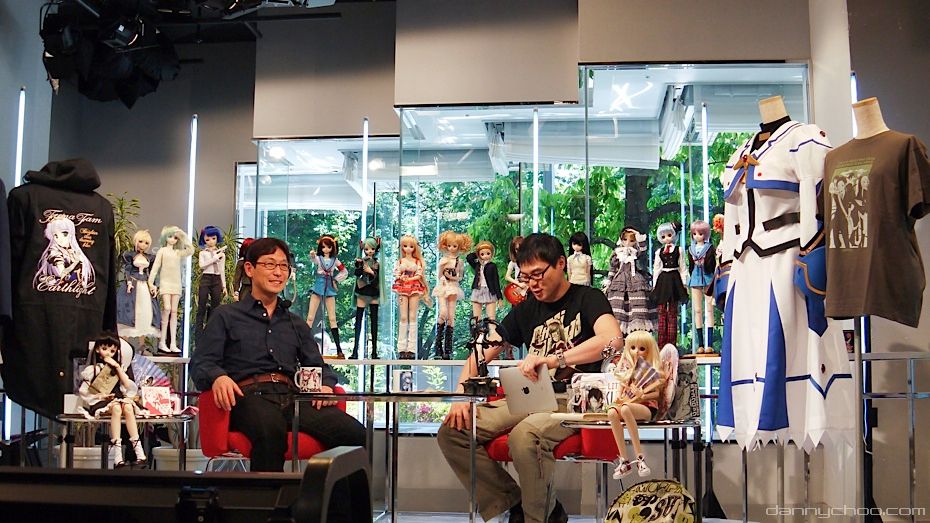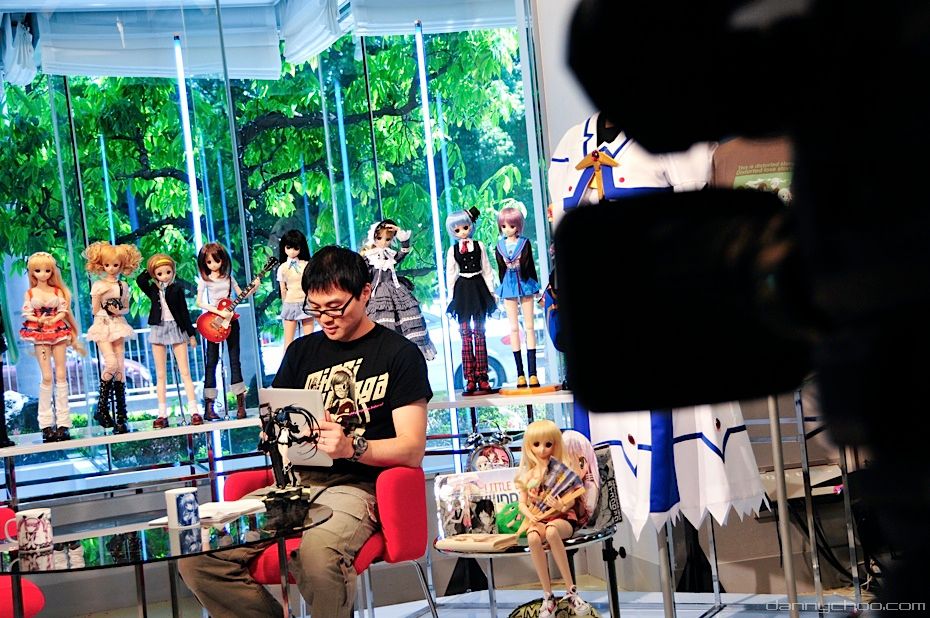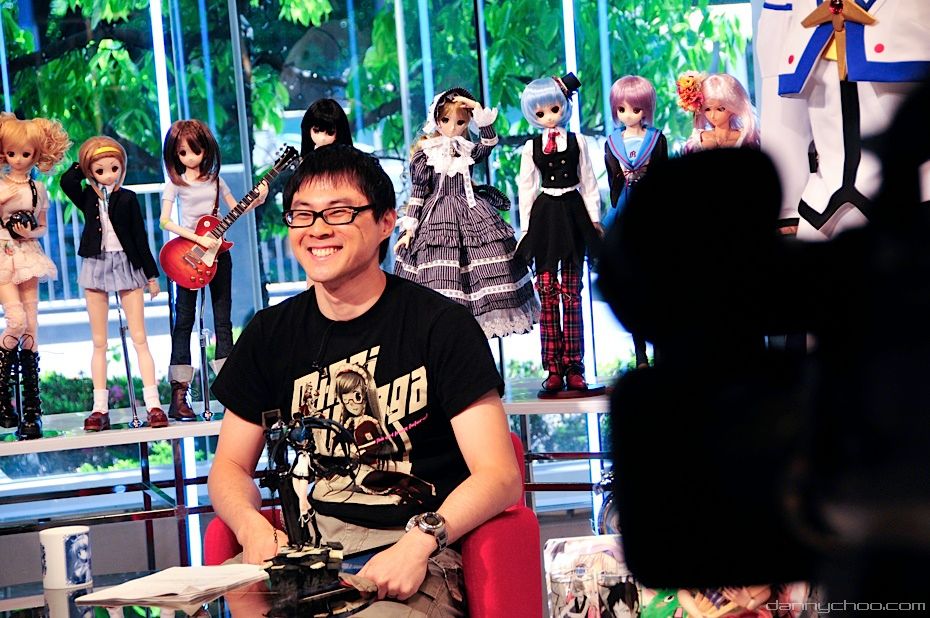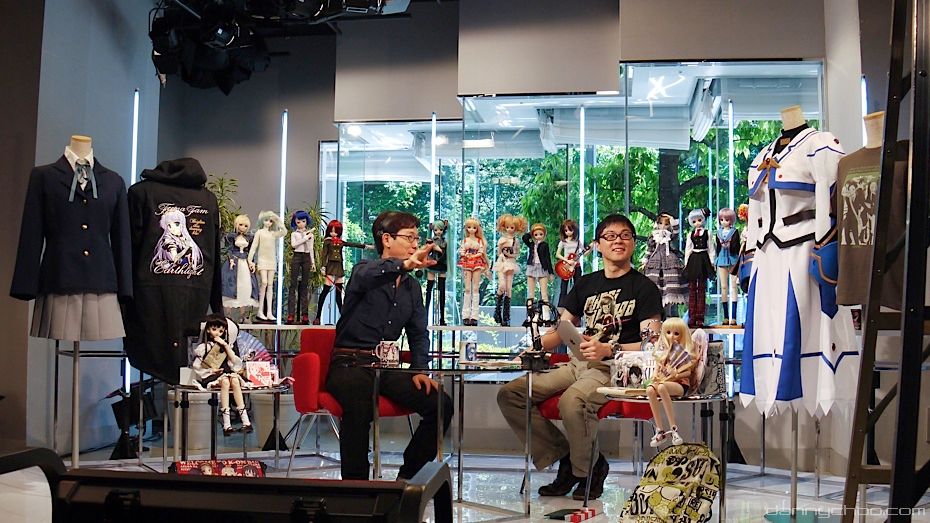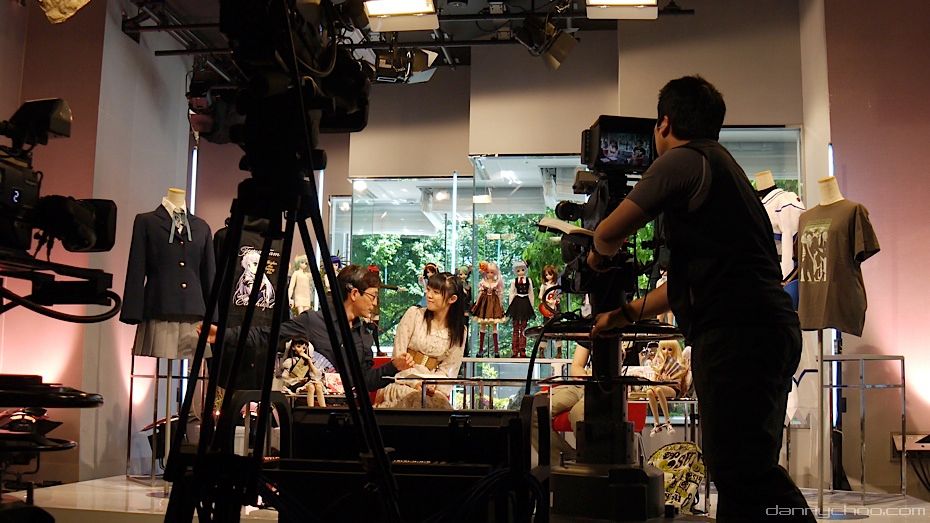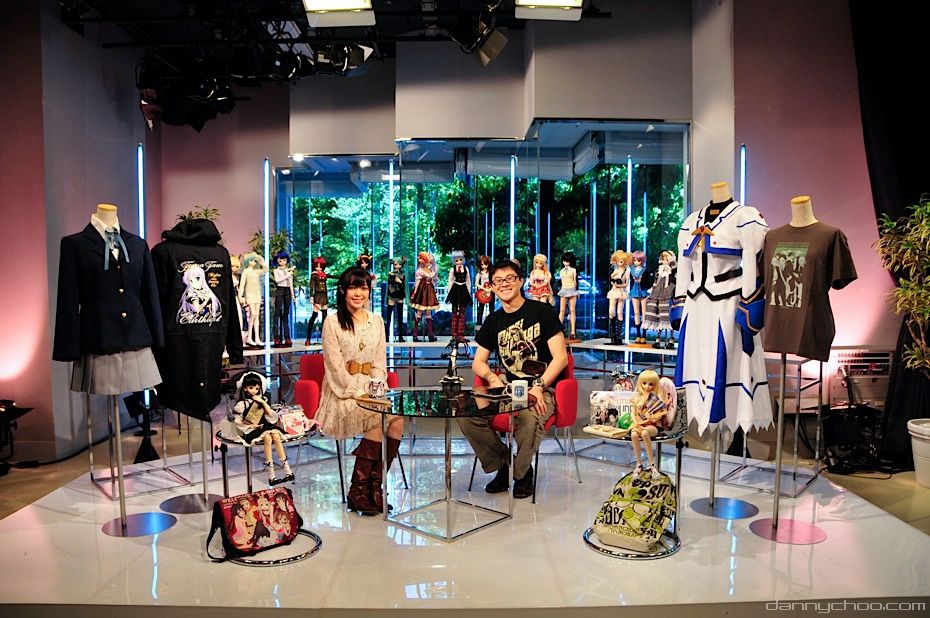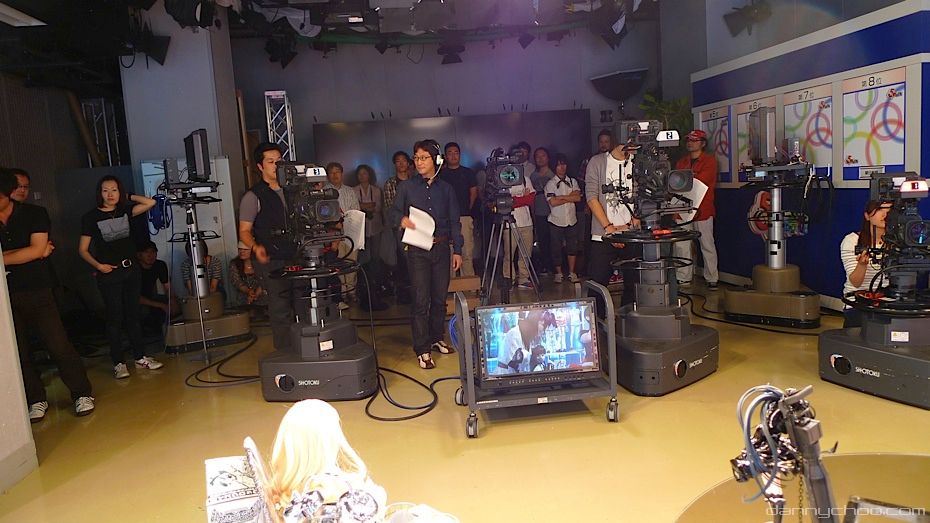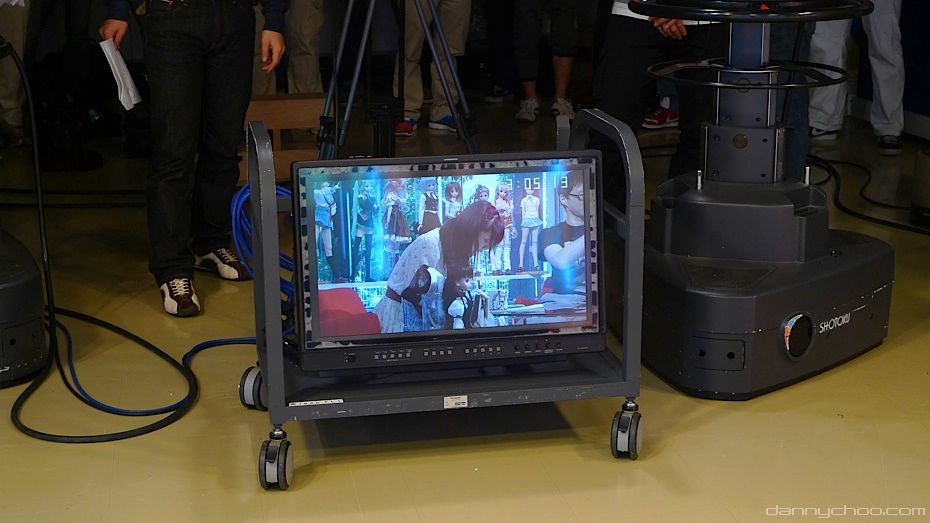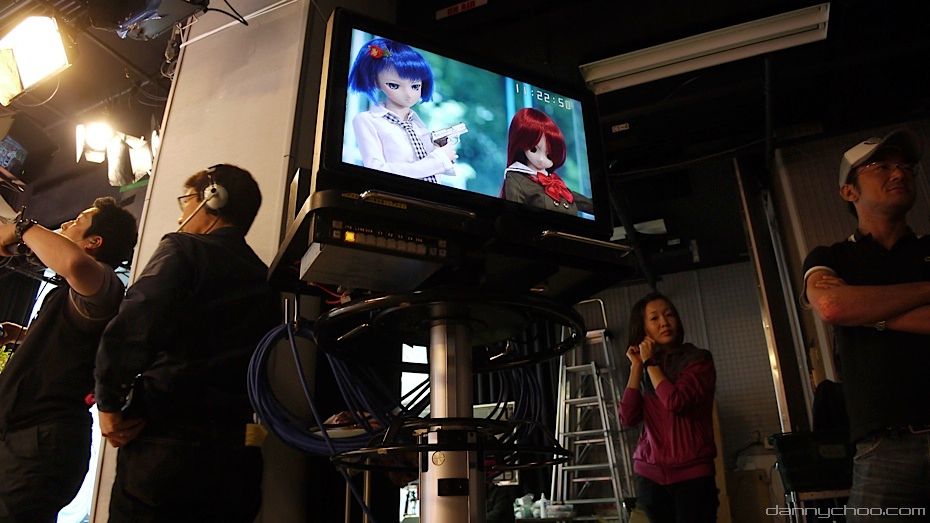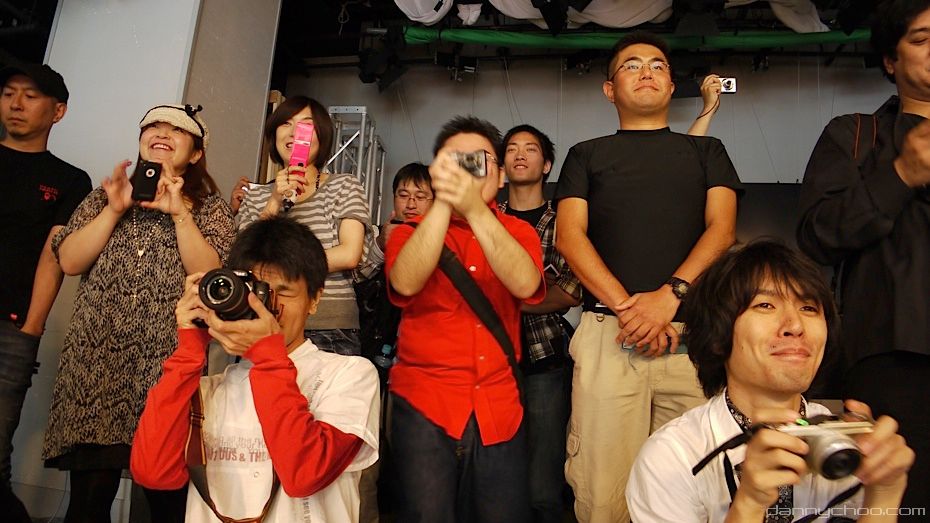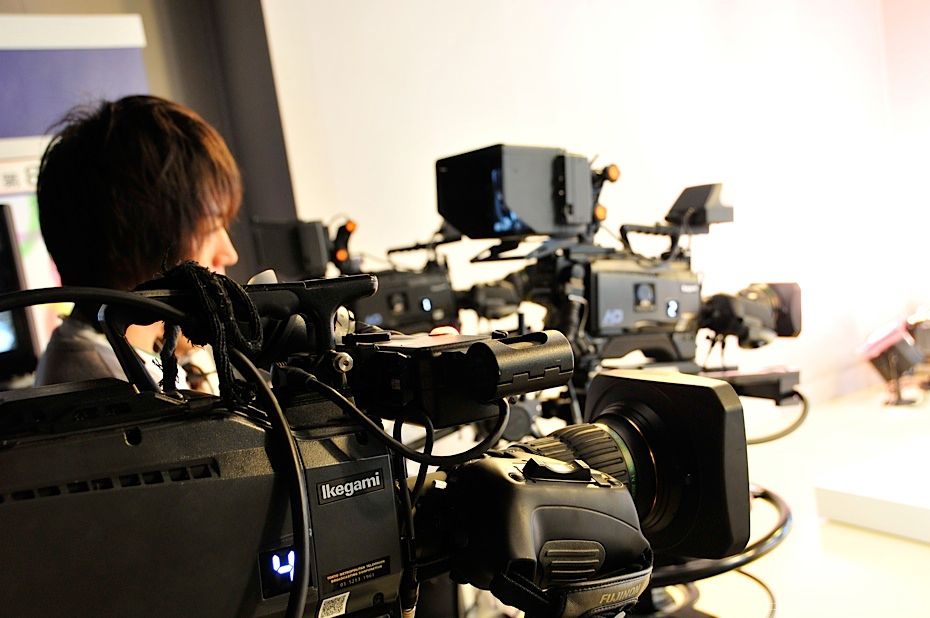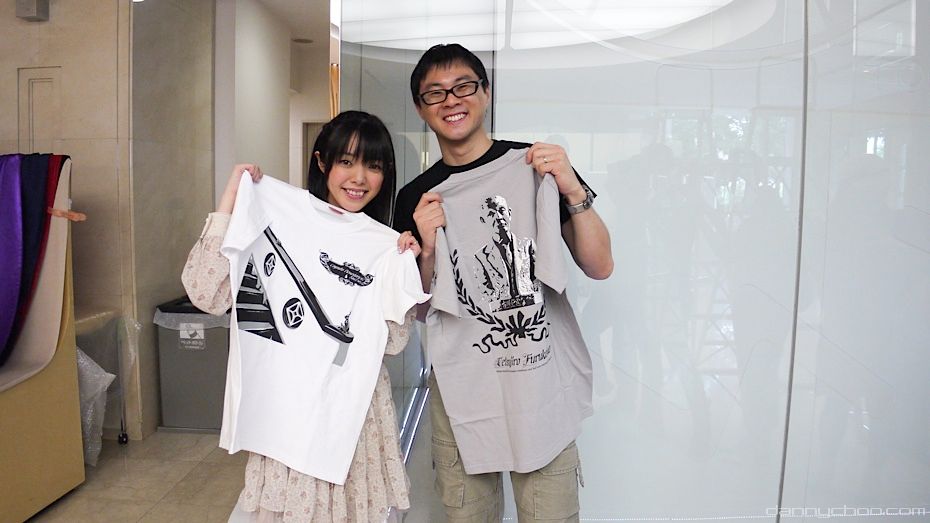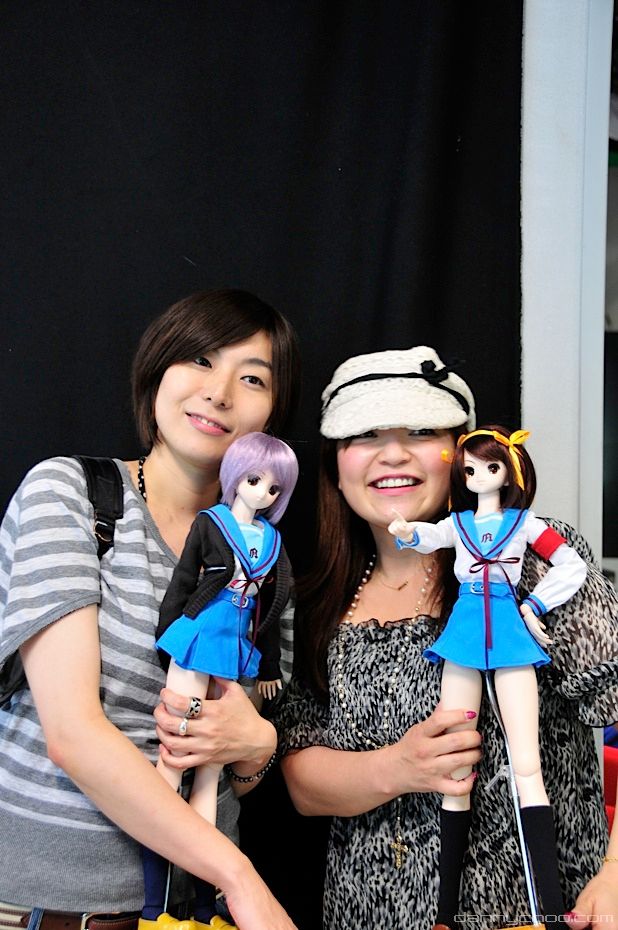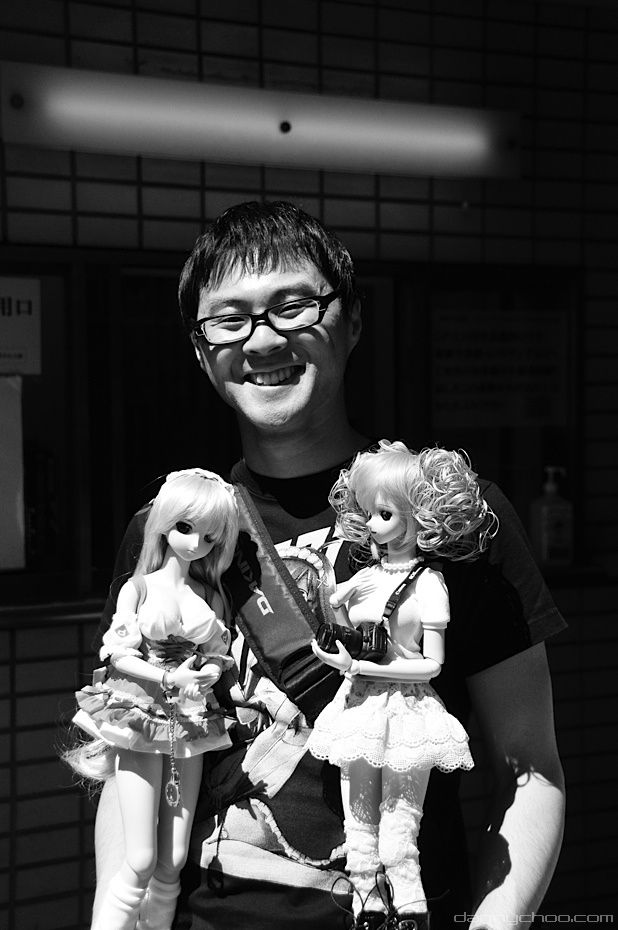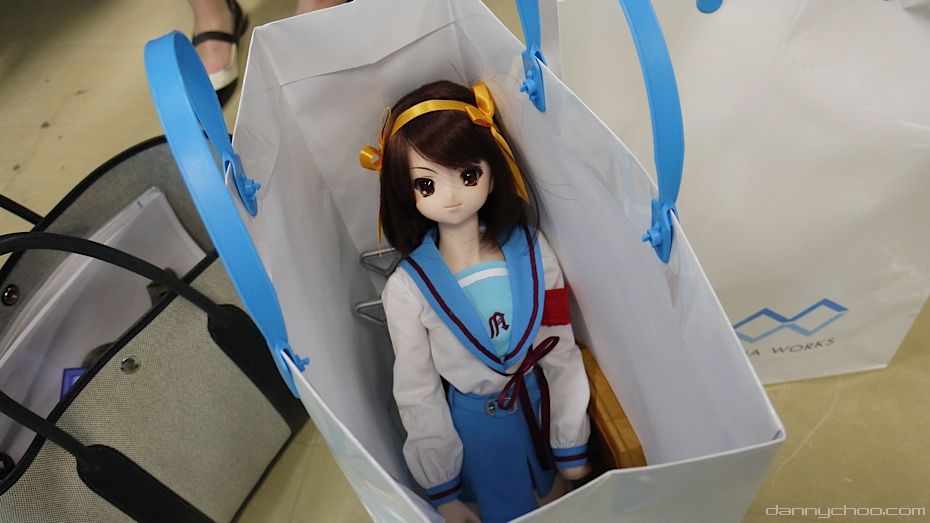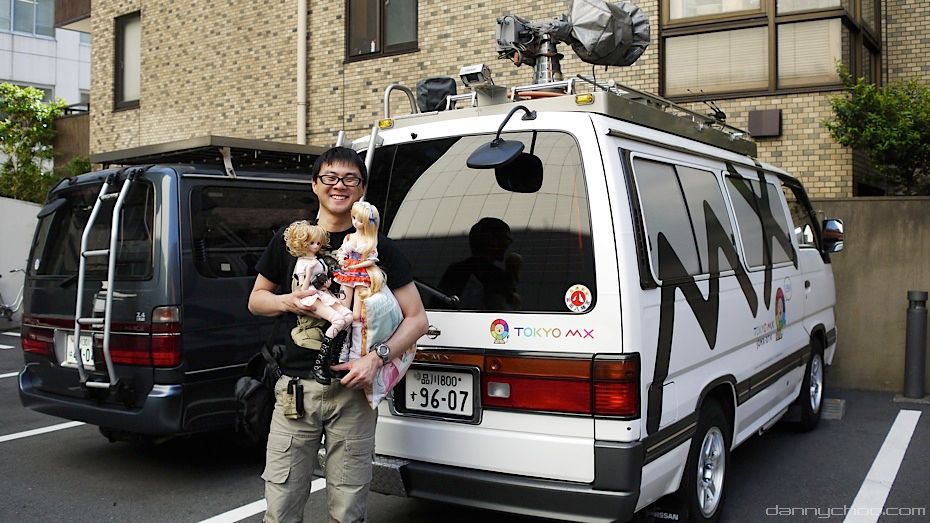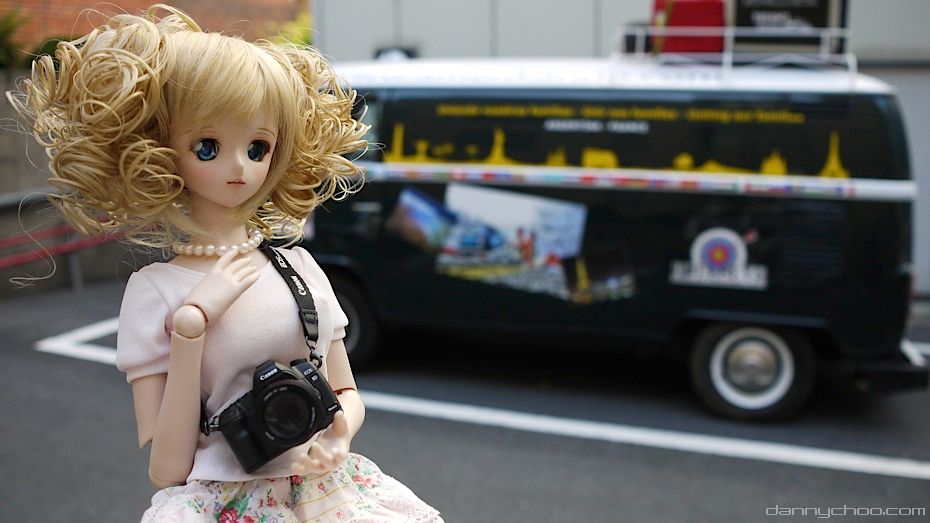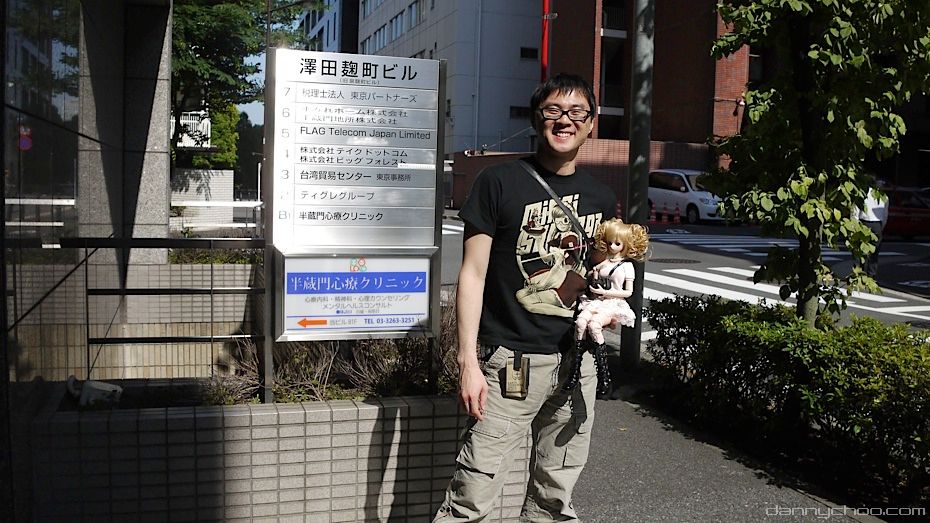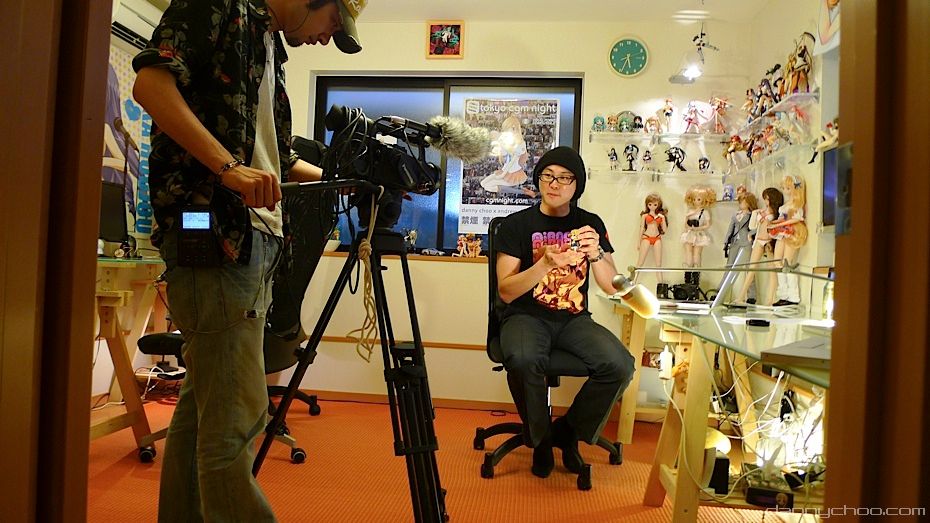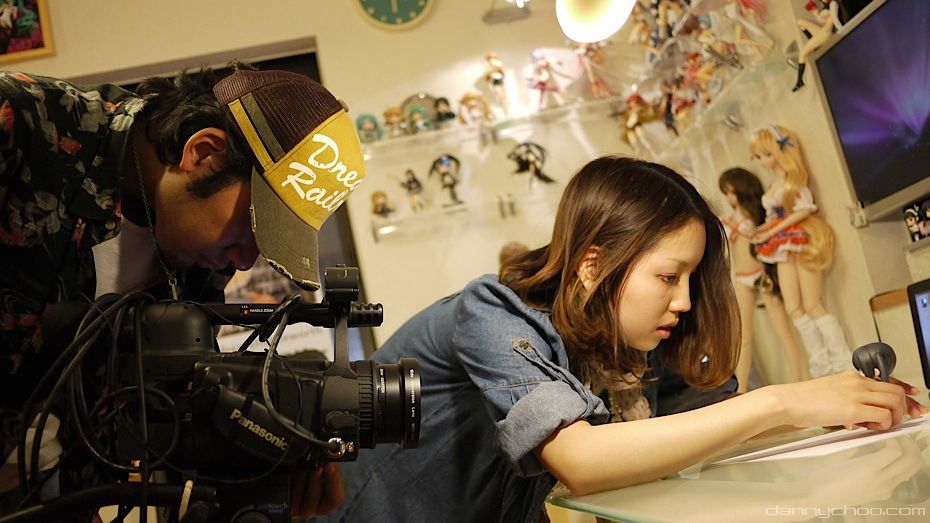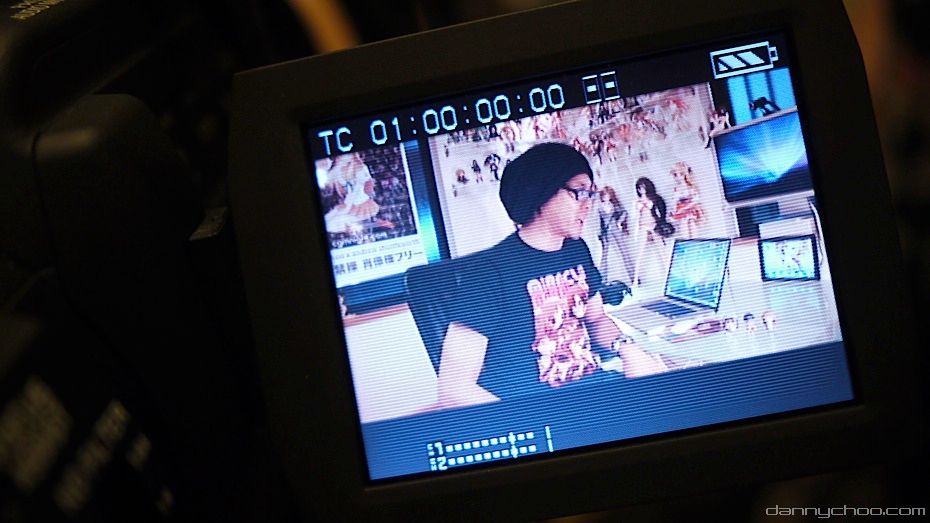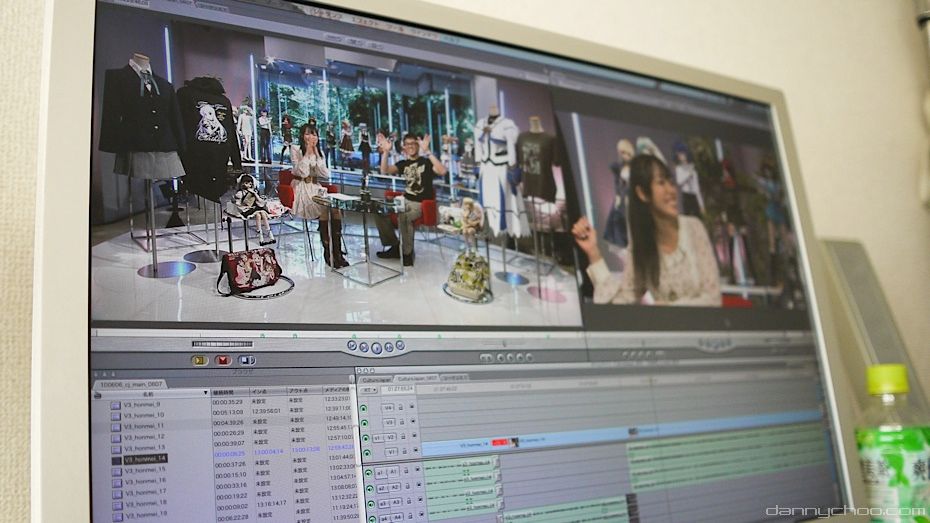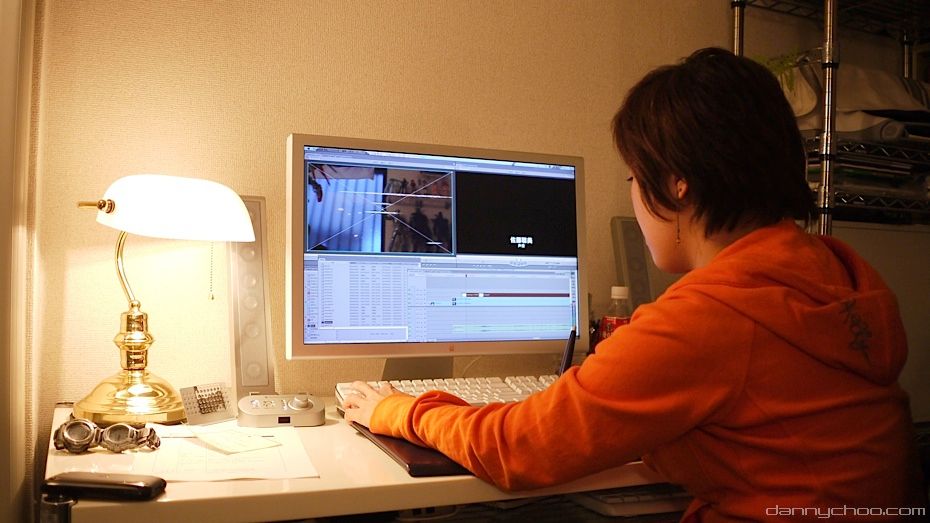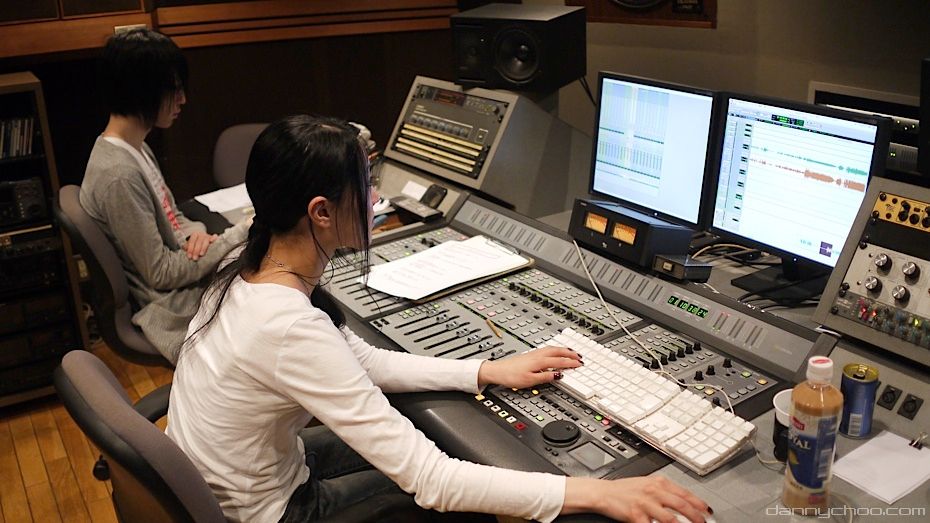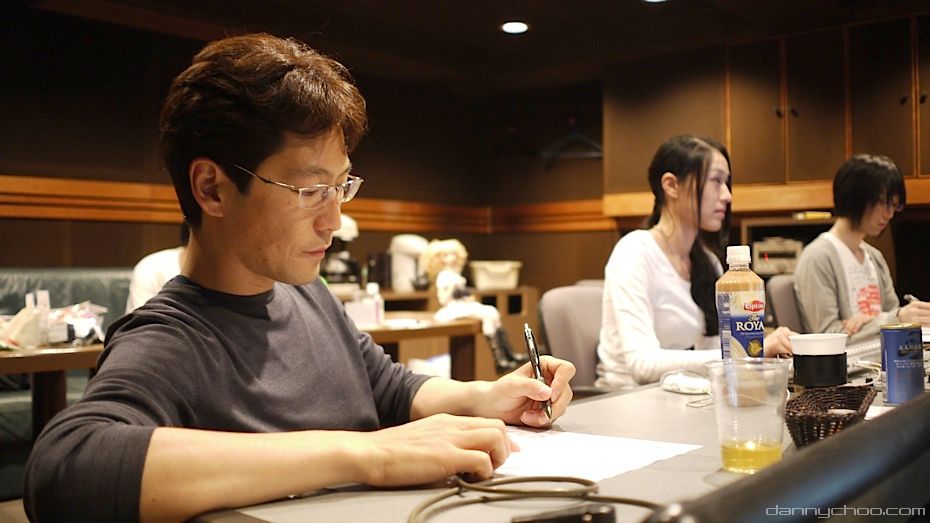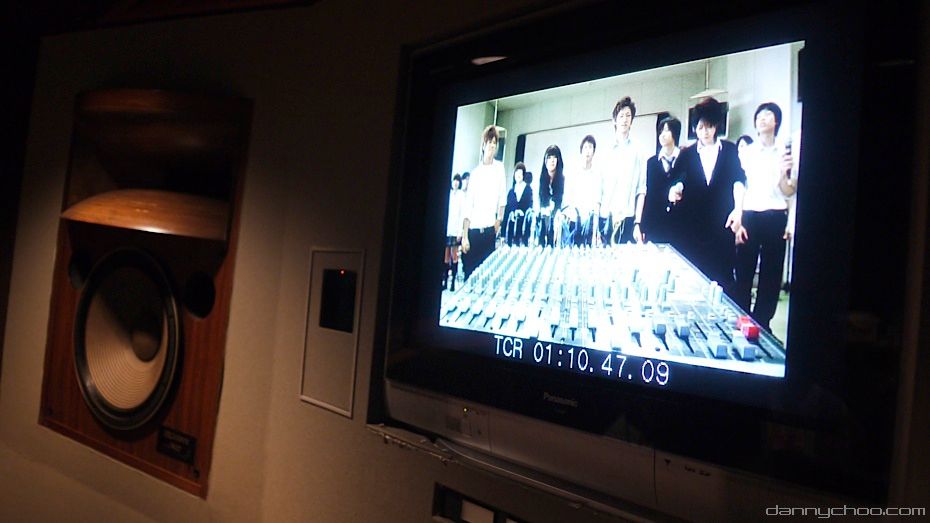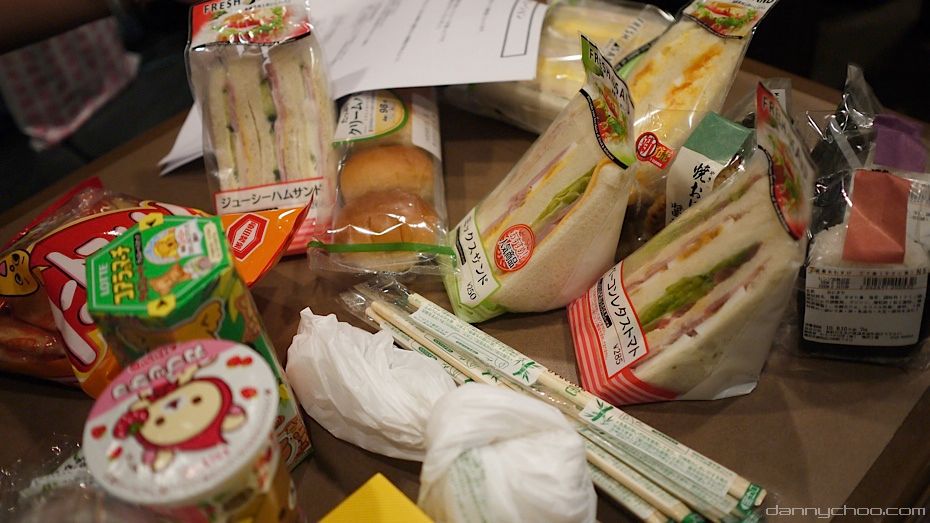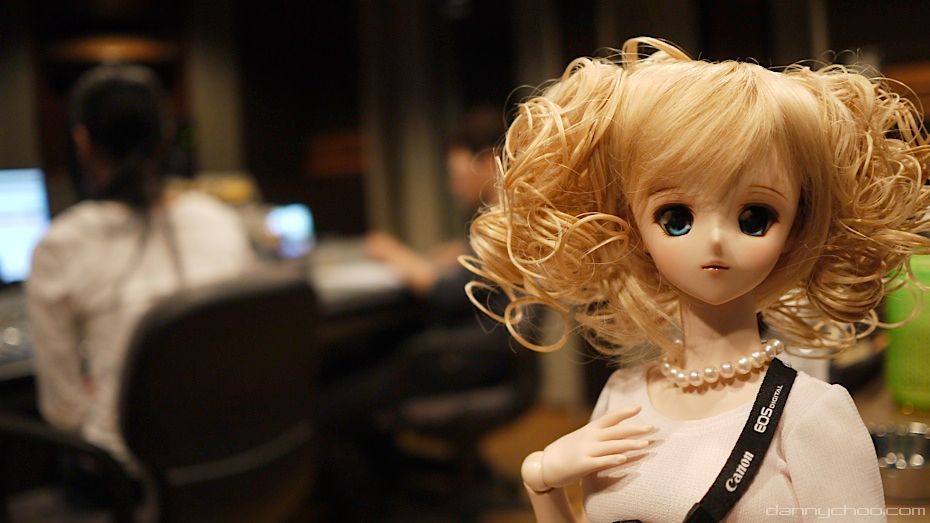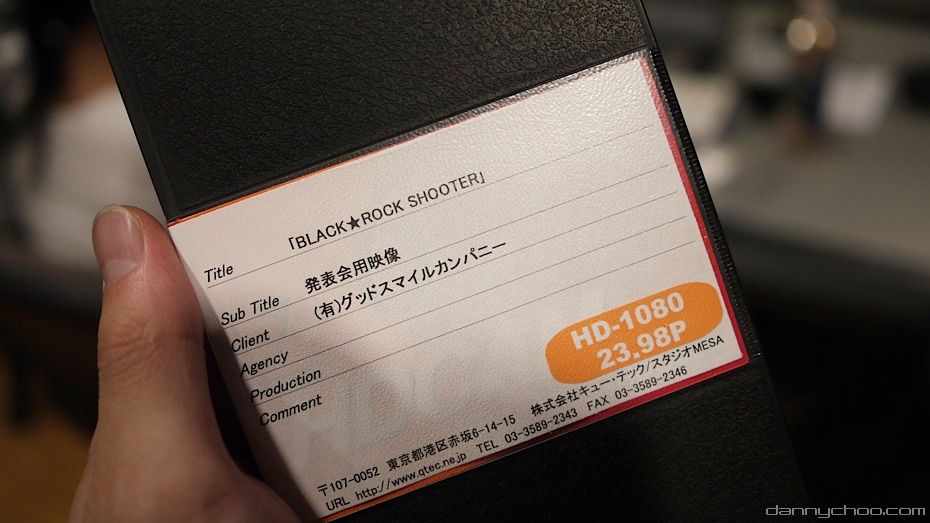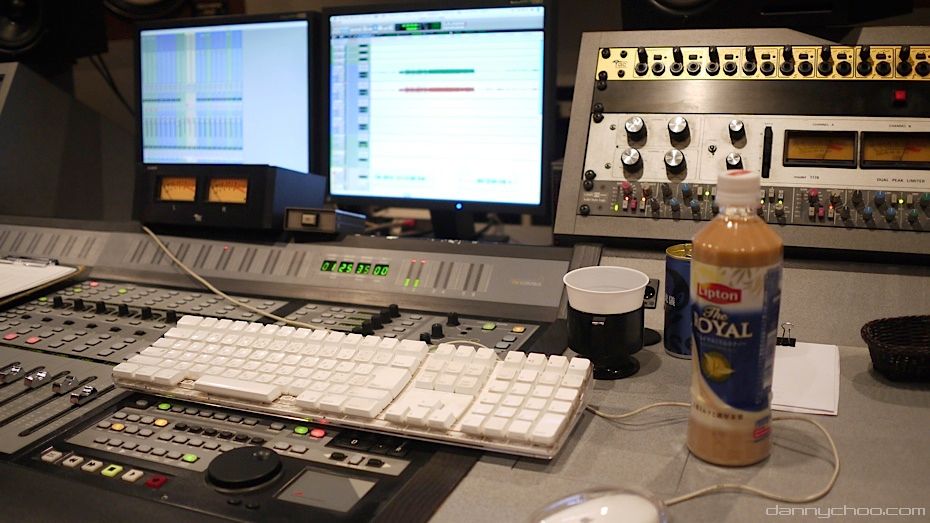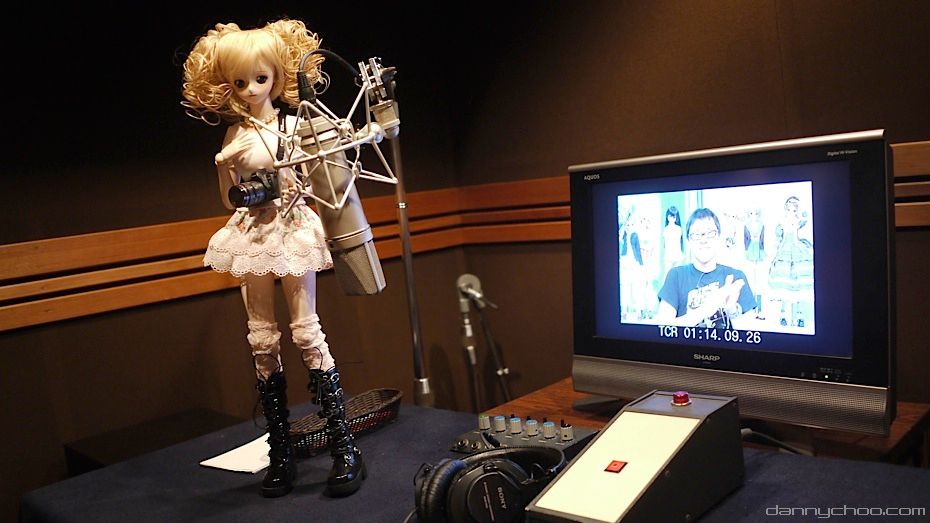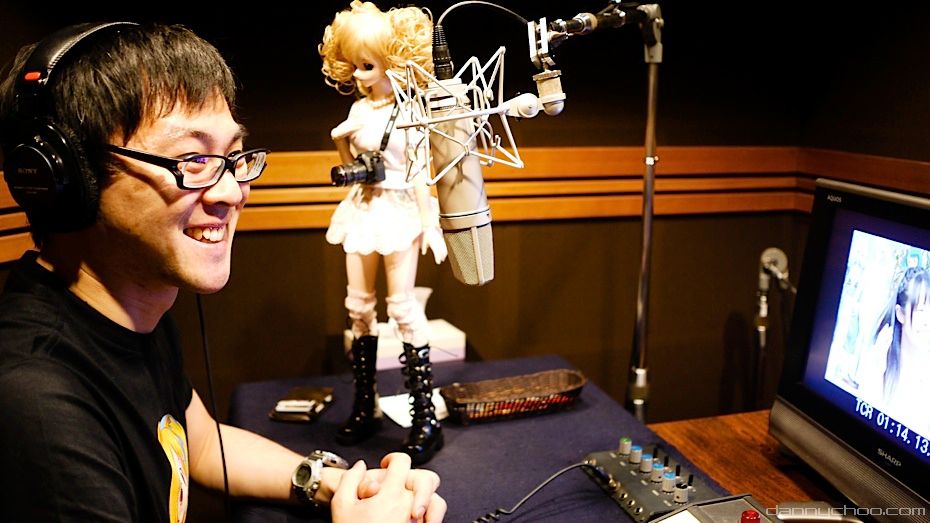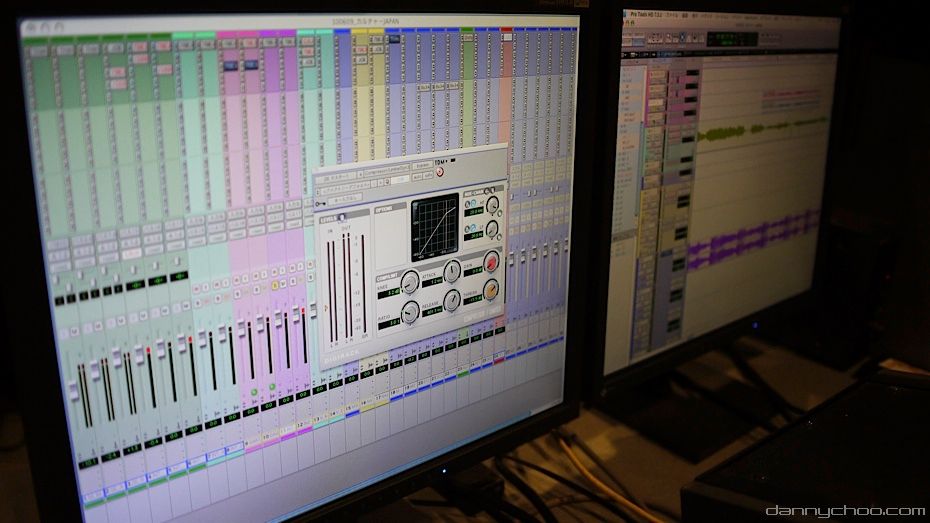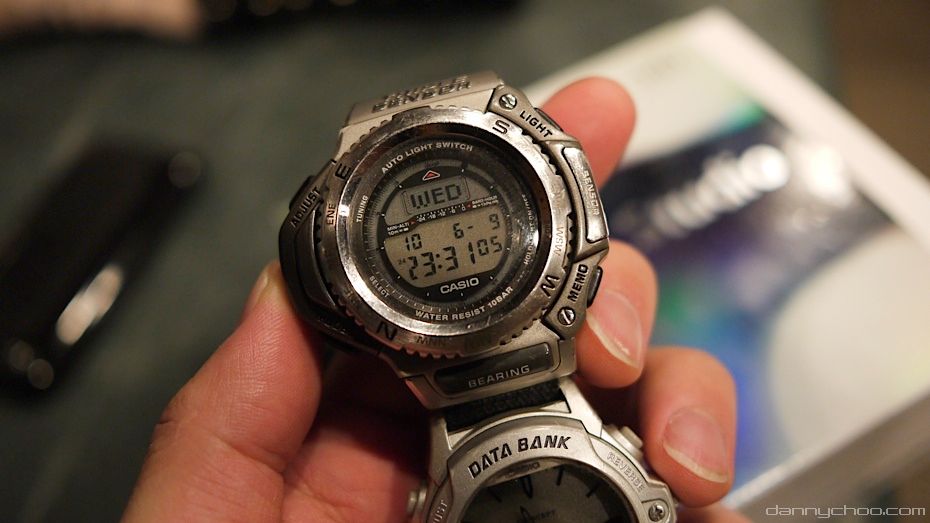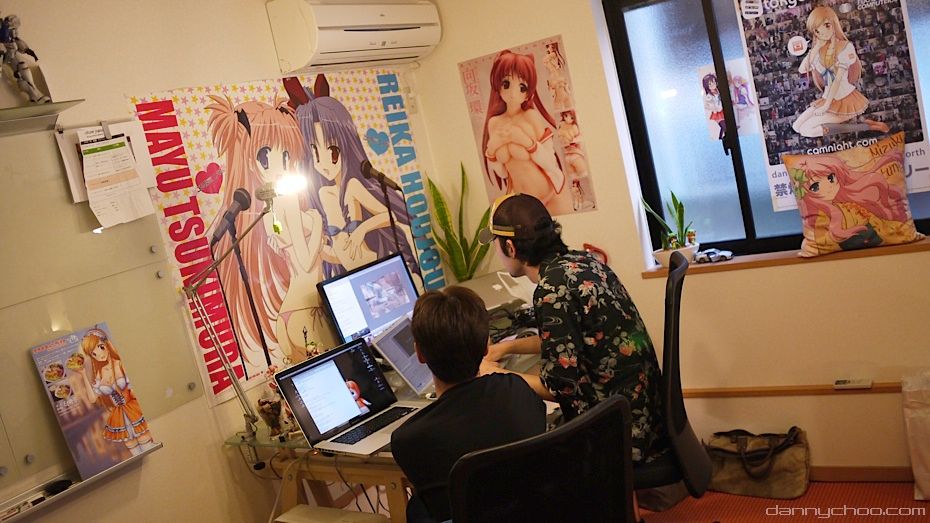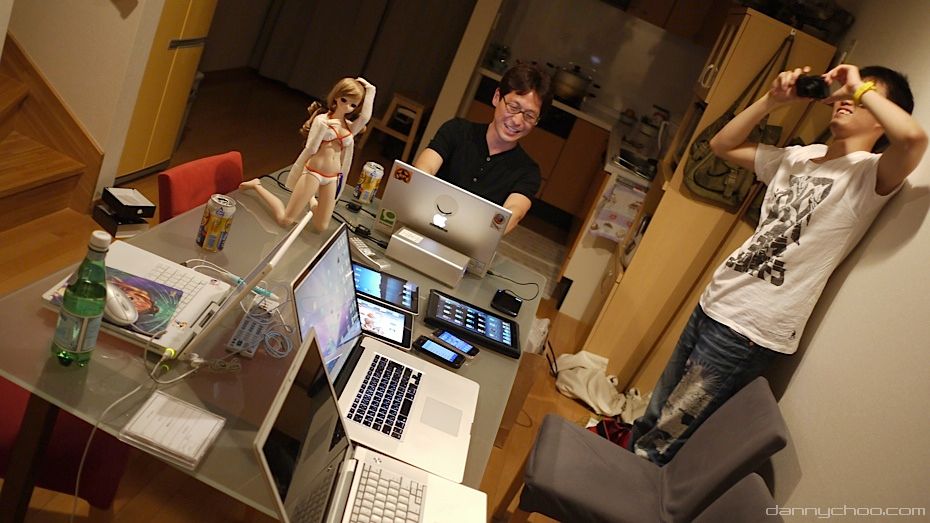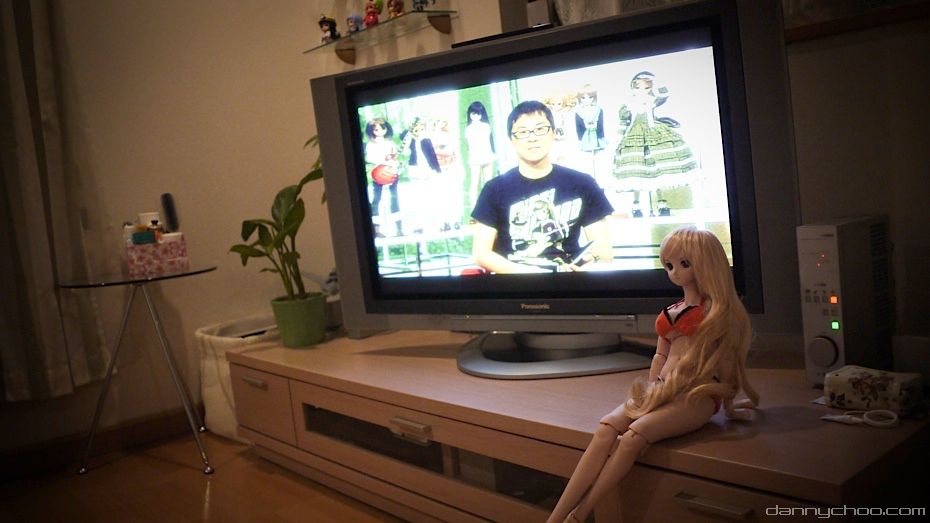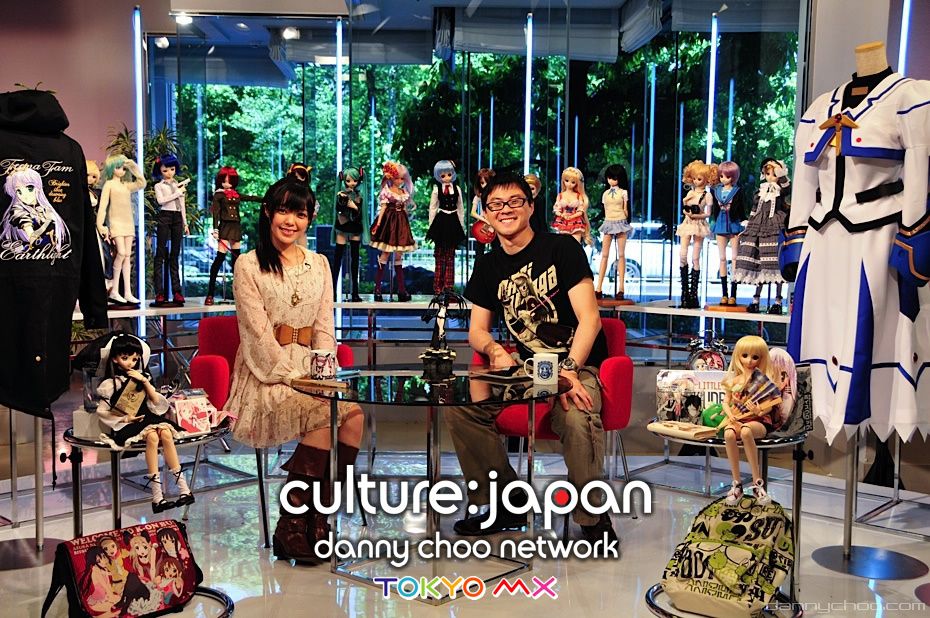Making of Culture Japan
Culture Japan went on air last Saturday (2010/6/12) in Japan on Tokyo MX TV. Even though I was at home preparing to watch it, I got that nervous feeling that one gets just before giving a talk ^^;
The planning and production of Culture:Japan took months and was to be the first TV show that I directed and presented on. Today we are going to cover how it all began and look behind the scenes at the filming and production.
Update! Trailer for Culture:Japan 1 below!
It all started at the beginning of the year when I was featured on a TV show about Japanese Pop Culture called O-Japan Senryaku.
O-Japan Senryaku was produced by Fujiyasu-san who I first met when he invited me to be on one of the previous shows he worked on called Blog TV.
Shortly after the O-Japan Senryaku show went on air in this January, I discussed with Fujiyasu-san the possibilities of a TV show which would not only be broadcast in Japan but worldwide too.
Shortly after the O-Japan Senryaku show went on air in this January, I discussed with Fujiyasu-san the possibilities of a TV show which would not only be broadcast in Japan but worldwide too.
The show would cover Japanese Pop Culture and feature contents that folks in and outside of Japan would enjoy.
One of my visions for the show is to have dannychoo.com readers worldwide share their interests in Japanese Pop Culture with folks in Japan. In the first episode of Culture:Japan we look at your bedroom intros and hope to get you more involved for future episodes.
One of my visions for the show is to have dannychoo.com readers worldwide share their interests in Japanese Pop Culture with folks in Japan. In the first episode of Culture:Japan we look at your bedroom intros and hope to get you more involved for future episodes.
The show was tentatively called "Danny TV" which sounded fine in Japanese but incredibly cheesy in my mind ^^; I wanted the name of the show to immediately reflect the contents of the show which is why I decided on "Culture:Japan."
I came up with the title by seeing what it would look like as a logo in Illustrator - I then move words around and "Culture" ended up being in front of "Japan" - it looked and sounded good so went with it.
I came up with the title by seeing what it would look like as a logo in Illustrator - I then move words around and "Culture" ended up being in front of "Japan" - it looked and sounded good so went with it.
The head of Tokyo MX TV liked the idea and approved the show to be aired sometime later in the year. It was then time to look for a sponsors to cover production.
Apart from some anime or drama titles, it seems that there hasn't been a TV show which has been broadcast on Japanese terrestrial TV and overseas at the same time. The new concept TV show meant that it would be difficult to get sponsors on board and indeed it was - involved many presentations over the course of a few months - there was a point where it looked like nobody was interested.
As with all TV production, cash is needed to pay the staff who work on the show and also cover the broadcasting fees that all TV stations need to cough up. You can read more about broadcasting fees in the Tokyo Tower post.
Was given an on-air date for Tokyo MX TV on the presumption that we were to find sponsors - but we didn't have enough cash yet!
But we were passionate about the project and kept at it - then finally managed to rummage enough moolah to start production on the show. Many of the sponsors were companies that I already work with like Good Smile, Cospa and AmiAmi.
But we were passionate about the project and kept at it - then finally managed to rummage enough moolah to start production on the show. Many of the sponsors were companies that I already work with like Good Smile, Cospa and AmiAmi.
For the next few weeks, a packed schedule of filming and editing until the early morning hours pursued.
Somewhere in between, I spoke with Animax Asia and we came to agreement to air the show on their network. I'm currently taking every opportunity to speak to TV networks worldwide to get the show aired in your neck of the woods too.
This photo taken in January where we would meet regularly to discuss the contents of the show.
One of the things I've always wanted to do was to film at a Japanese high school - have been asking around for many years. Even with the backing of a TV station, we got turned down countless number of times but we finally pulled through again - thanks so much to Fujisawa High in Kanagawa.
We got to see some live action K-ON! in the after school music activities.
You can see a load of photos posted in the articles below.
Fujisawa High School Photos 1
Fujisawa High School Photos 2
And the video that we took for YouTube below. Some of this footage was also used in Culture:Japan.
You can see a load of photos posted in the articles below.
Fujisawa High School Photos 1
Fujisawa High School Photos 2
And the video that we took for YouTube below. Some of this footage was also used in Culture:Japan.
The Tokyo MX TV version was only 30 mins so we unfortunately had to cut lot. The filming at the school alone was over 3 hours. We cut out the classroom cleaning for the Japanese version as this is the norm over here and thought that it wouldn't be so interesting for Japanese viewers.
Classroom cleaning will be in the Animax Asia version which is an hour long where we will also be able to feature more of your bedroom videos that you posted on Figure.fm.
Classroom cleaning will be in the Animax Asia version which is an hour long where we will also be able to feature more of your bedroom videos that you posted on Figure.fm.
English lessons didn't make the cut for the Tokyo MX version.
And the cooking classes didn't make the cut for Tokyo MX but will probably have it in the Animax version.
Much of the filming involved being picked up by the Roke Van. "Roke" is short for "Location" and usually refers to a location where filming is going to take place.
These vans are so comfortable!
The next filming location was the Good Smile Company offices. Having my ugly mug photoshopped.
Have known the boss of Good Smile Aki Takanori for quite a while now and its always a pleasure to be able to work with his company on the various projects like the Good Smile website, Tokyo Figure show in Harajuku, Tokyo Figure Show in Singapore and Mirai Figma.
Got a load of Black Rock Shooter stuff in the show including footage of how decoration masters are made.
Aki lets us know when Mirai Figma is released on the Animax version of Culture:Japan.
And here we take a look at Mirai Figma being modeled in 3D. Had no idea what I was doing and ended up giving Mirai-chan horns! A horny Mirai-chan would be fine but a Mirai-chan with a horn would no be so fine and we would have to reprint all the Mirai-chan dakimakura.
Dinner at the end of the day is the Max Factory run Indian restaurant Indotei. Mmmmm. Om nom nom.
Filming at Akihabara for Digital Hollywood was a load of fun. Always wanted to take Saber out n about Akiba. You can see photos taken during the day in the Japanese Universities photo article.
Was interesting getting to mingle with students and see how they go about their typical day at university.
During filming, Saber goes walkies about the university campus.
And sometimes Saber went for strolls out n about Akihabara.
For the past month the office has been regularly filled with staff working on Culture:Japan ^^;
Then its time to film at the studio in typical Japanese-style-variety-show-format. Karin is all made up and ready to be on telly.
My script and schedule for the day is in the iPad which I plan to use on the set.
Today I only manage to bring Saber and Karin who start to get nervous. They sit quietly and look out the window.
Gorgeous Karin is gorgeous.
Arrival at Tokyo MX studios. Karin and Saber look after the bags n wot not as we park the cars.
Saber plays receptionist for a wee bit.
And then its time for more photoshopping. Me got a load of gray hairs of late but cant be bothered to do the hair dye thing. Used to dye my hair brown when I was in my early twenties though. Hair dying has detrimental effects on the body including liver damage!
My makeup artists uses some shiny spray which reflects the lights in the studio to hide those gray strands.
How many of you dye your hair?
My makeup artists uses some shiny spray which reflects the lights in the studio to hide those gray strands.
How many of you dye your hair?
Then its off to peek at the studio being set up with a load of Cospa goodies.
Today we are shooting with daylight coming through the window meaning that a lot of light adjusting takes place to make sure the white balance and wot not is fine tuned.
The set has 4 cameras - one pointing at the whole set, two on each presenter and one that points at various props.
There are folks in a separate room who controls the switching of the cameras where film is recorded onto a master branch. They communicate with the producer who is in this case Fujiyasu-san.
Footage on other cameras is still available for the actual editing of the show.
There are folks in a separate room who controls the switching of the cameras where film is recorded onto a master branch. They communicate with the producer who is in this case Fujiyasu-san.
Footage on other cameras is still available for the actual editing of the show.
Me getting the girls ready for their TV debut.
Invited folks to join the shenanigans in the studio through Twitter - if you are interested in being called up for stuff like this then follow my Twitter ^o^
More daughters join us on set and I help some of them get ready. Many of these girls belong to comrades who work at Ascii.
This chap checks the script for the morning which each member of staff also have.
Fujiyasu-san and another production member do a dry run of the script while the studio staff adjust lighting, sound and camera settings.
Then its my turn! My first time as a TV presenter and berry berry nervous! But as the show went on, I think I started to get the knack of this new game.
Trying to present without reading lines from the iPad ^^;
Laughing at myself getting my lines wrong ^^; I think I want to release some of the filming that went wrong not only in the studio but on location too in Jackie Chan style ^^;
Fujiyasu-san: Stop mucking around - Satomi san is coming!
Danny: Mugya?!
Danny: Mugya?!
Satomi Sato and Fujiyasu-san going over the script.
Satomi Sato is the voice actress for Ritsu from K-ON. She also does the voice for all the characters of my new anime series Chinka - full production starting soon!
Satomi Sato is the voice actress for Ritsu from K-ON. She also does the voice for all the characters of my new anime series Chinka - full production starting soon!
This camera lady was a cutie. Ken took a zillion photos of her back side.
Satomi-chan took time out of her busy schedule to be with us and could only be in the studio for a couple of hours. Satomi is such a charming character and look forward to working with her when production for Chinka starts. Closer photo of Satomi-chan and I in the Culture:Japan post.
This is the view from where I sit. Half of the studio filled with a "few thousand visitors" ^^;
This is the monitor that Satomi and I watch when the VTR plays. VTR stands for "Video Tape Recording" and refers to recordings made at different locations. In the industry its also just called "V" .
VTR that has been prepared by a freelance editing studio or provided by a PR company is called "Kanpake-Ire" which is short for "完全パケージ入れ."
VTR that has been prepared by a freelance editing studio or provided by a PR company is called "Kanpake-Ire" which is short for "完全パケージ入れ."
Members in the studio get to see the action on these monitors.
Some of the comrades who came along - you will see many of them at the next Tokyo CGM Night.
Slowly getting acquainted with the many different types of equipment in TV production.
And then after the studio filming its photos with Satomi-chan.
One of the folks who worked on the show got a license from TBS to make and sell K-ON! T-Shirts.
And photos with the daughters all round.
With my girls outside the studio.
Very much wanted to take this gorgeous Haruhi home with me! Tried to convince the owner that he would be better of swapping Haruhi in return for my replica Stormtrooper blaster but he didn't take the bait.
About to head back to base for more filming.
Karin: Papa! Where are you?!
Danny: There you are! Karin how many times have I told you not to wander around like that!
Back to base for more filming - this time its the AmiAmi figure ranking.
Asanon from Good Smile comes over to help out a bit.
Today the video footage was recorded to a HD but much of the shooting was recorded to tape which the TV industry over here still heavily relies on.
Didn't wear a mic for this take so my voice came out all muffled but the sound folks managed to clean up the sound a lot - had no idea that they could do that.
Filming done! Otsukaresama!
"Otsukaresama" is a greeting used when one has completed a task. Its also used as a greeting to co-workers.
"Otsukaresama" is a greeting used when one has completed a task. Its also used as a greeting to co-workers.
Then its time to edit everything. For this task we have a few freelance studios that we work with. Fujiyasu-san initially chooses what cuts make it into the 30 mins and then I come along to adjust what goes in an out.
Final Cut Pro is used for the editing and a separate software used for the font effects. Also used Adobe After Effects for some of the transitions.
With Final Cut we was able to access footage taken from the other cameras in the studio which are all in sync with the master branch.
With Final Cut we was able to access footage taken from the other cameras in the studio which are all in sync with the master branch.
Spent some very late nights editing in the studio. After directing this show and seeing whats involved, I now look at TV shows, commercials and movies with new insight which gives me further ideas on what and how to direct more shows in the future.
Then once all the video editing is done, its off to Roppongi for whats known as MA which stands for Multi Audio.
This is where all the sound effects, narration, music layering and sound balancing happens. Broadcasted a bit of this from the iPhone which some of you may have seen on my TwitCasitng via my Twitter account.
The audio levels are different for all footage taken and must be balanced out so that the levels don't bottom out or blast the speakers all of a sudden.
Muffled or echoed voices can also be cleaned up. The person in charge of MA can also make it so that farts didn't happen.
Muffled or echoed voices can also be cleaned up. The person in charge of MA can also make it so that farts didn't happen.
A load of grub for staff working in the MA studio.
Karin accompanies us at MA.
We got Black Rock Shooter footage to show. This tape would be called "Kanpake-Ire" - the word you learned earlier on in the post.
Forgot the name but more Mac software is used for MA.
In the sound booth with Karin. Display enables the narrator to time how fast/slow/when to speak.
For the Japanese Tokyo MX version we had a lady do the narration but I'll be doing the narration for the worldwide version ^^;
Here I'm doing narration for the commercial break ^^;
Here I'm doing narration for the commercial break ^^;
Not got the foggiest as to whats going on here ^^;
Going home at 23:30 would be considered early for the work we've been doing of late. Lots of hard work all round.
The result of the MA session is a CD with the soundtrack - its then layered on in Final Cut Pro and then we work on the subtitles. Today we work on the Japanese subtitles for parts of the show which I speak in English.
For the worldwide version we need to work on adding English subtitles for the Japanese bits in the studio.
For the worldwide version we need to work on adding English subtitles for the Japanese bits in the studio.
For folks who have either of the Otacool may notice that it was in Engrish - that's because (which I've mentioned quite a few times) all I do is bring you and Kotobukiya together - they work on the production of the book and wanted to use their own Engrish staff ^^;
Culture:Japan however is my baby and as the Director, I'll make sure that English is used instead of Engrish ^^;
And then after a few months of blood n sweat and sleepless nights, we go on air. Producer Fujiyasu-san and Ken are over to watch with us. Ken worked on the opening visuals of the show which was complimented extremely well by the soundtrack from Vividblaze. They will also be doing the soundtrack when Culture:Japan is made into a full series.
Watched the show a billion times during editing but felt different to see it live on terrestrial telly ^^;
Currently working hard to make Culture:Japan into a full series available worldwide - hopefully before the end of the year!
A load of obstacles ahead to make this happen but as we say around these parts - No Obstacle - No Life.
A load of obstacles ahead to make this happen but as we say around these parts - No Obstacle - No Life.
